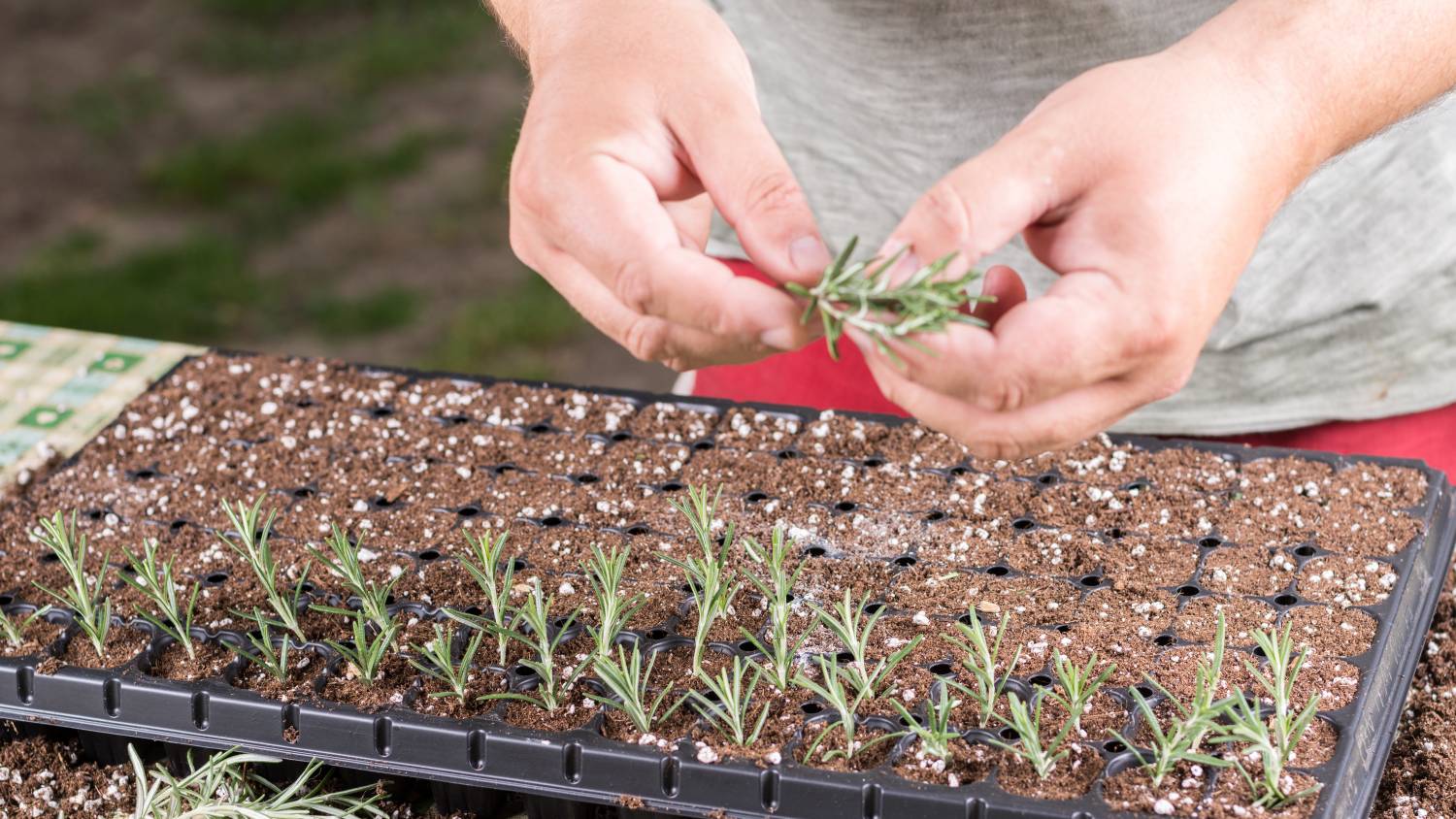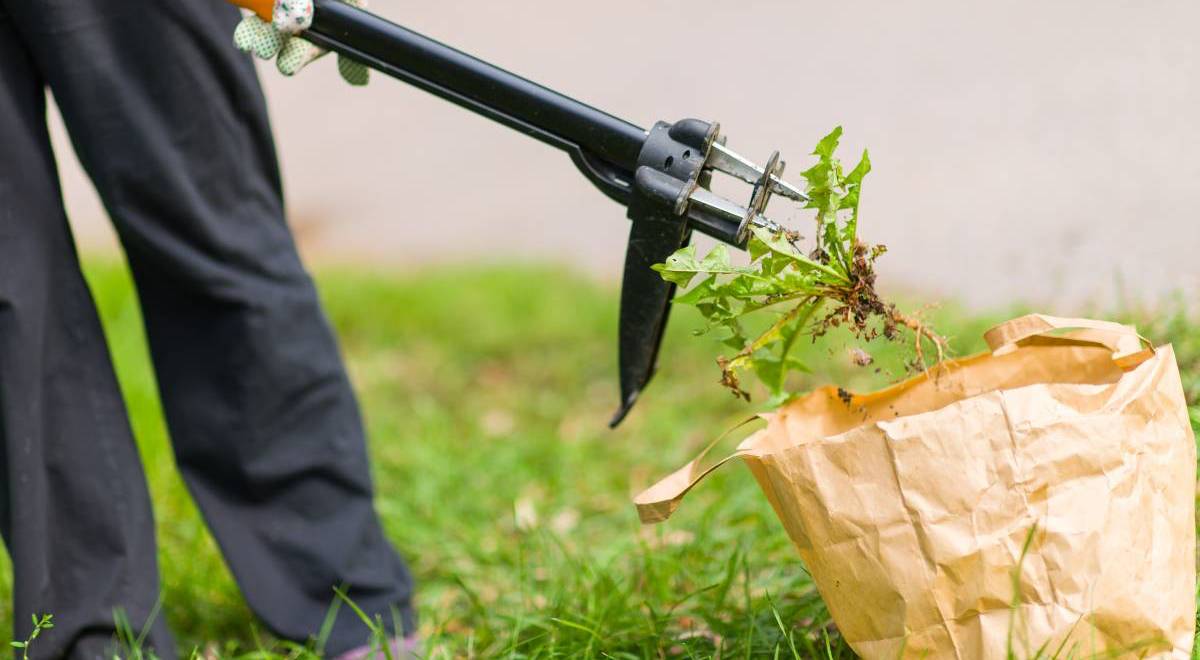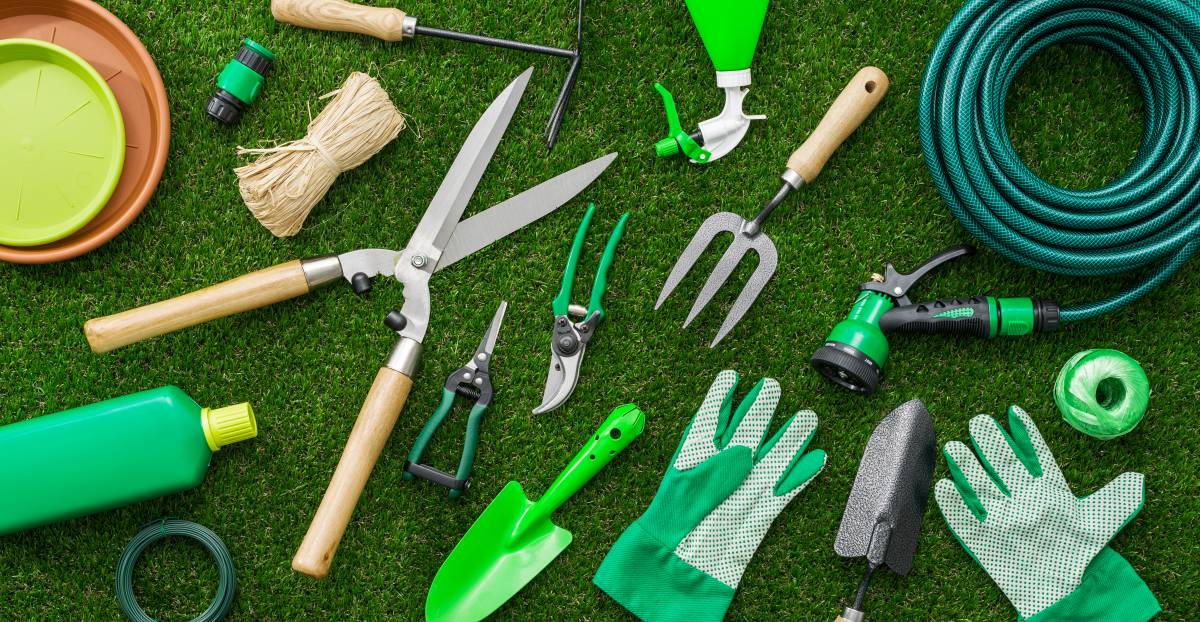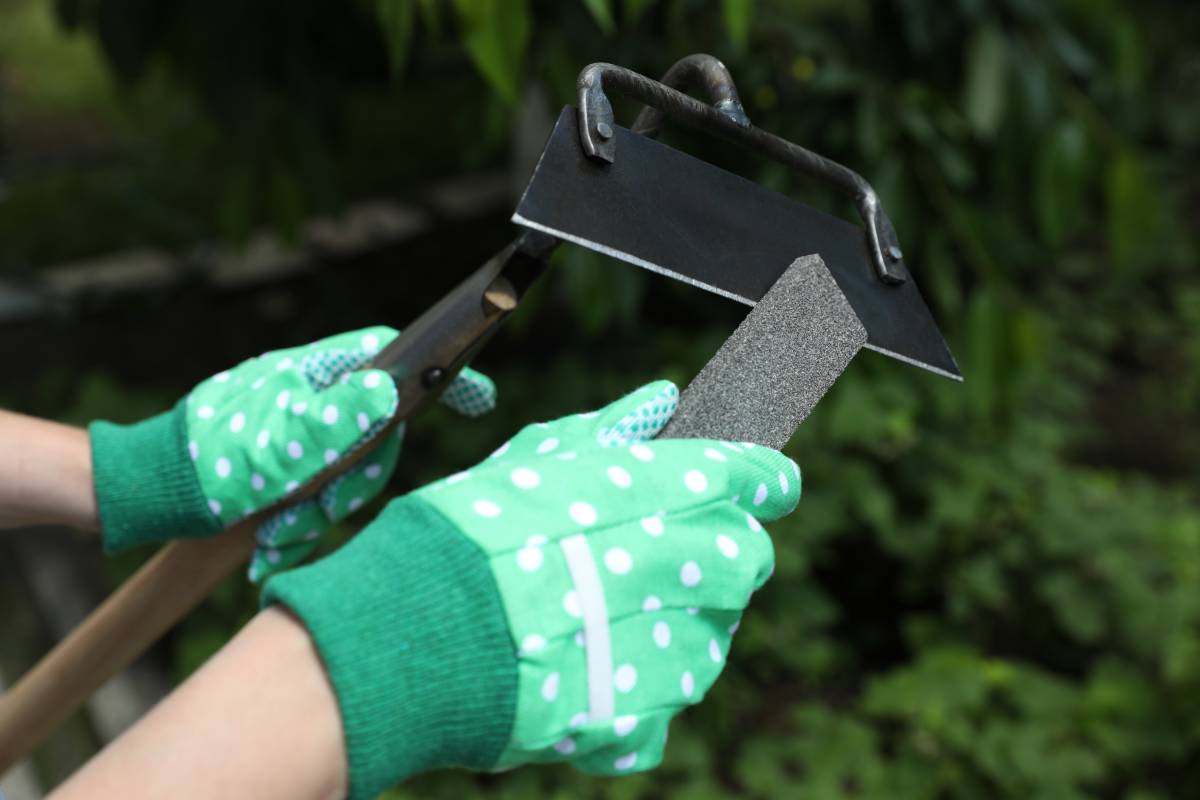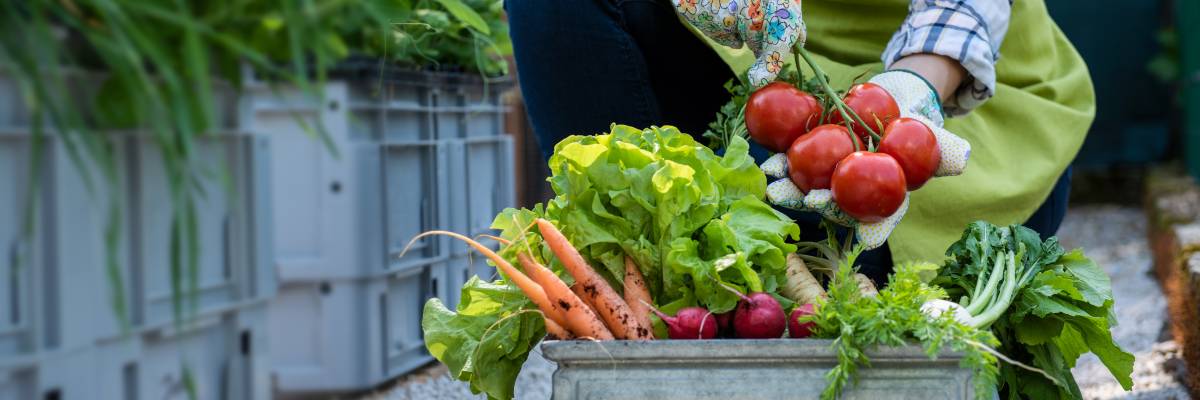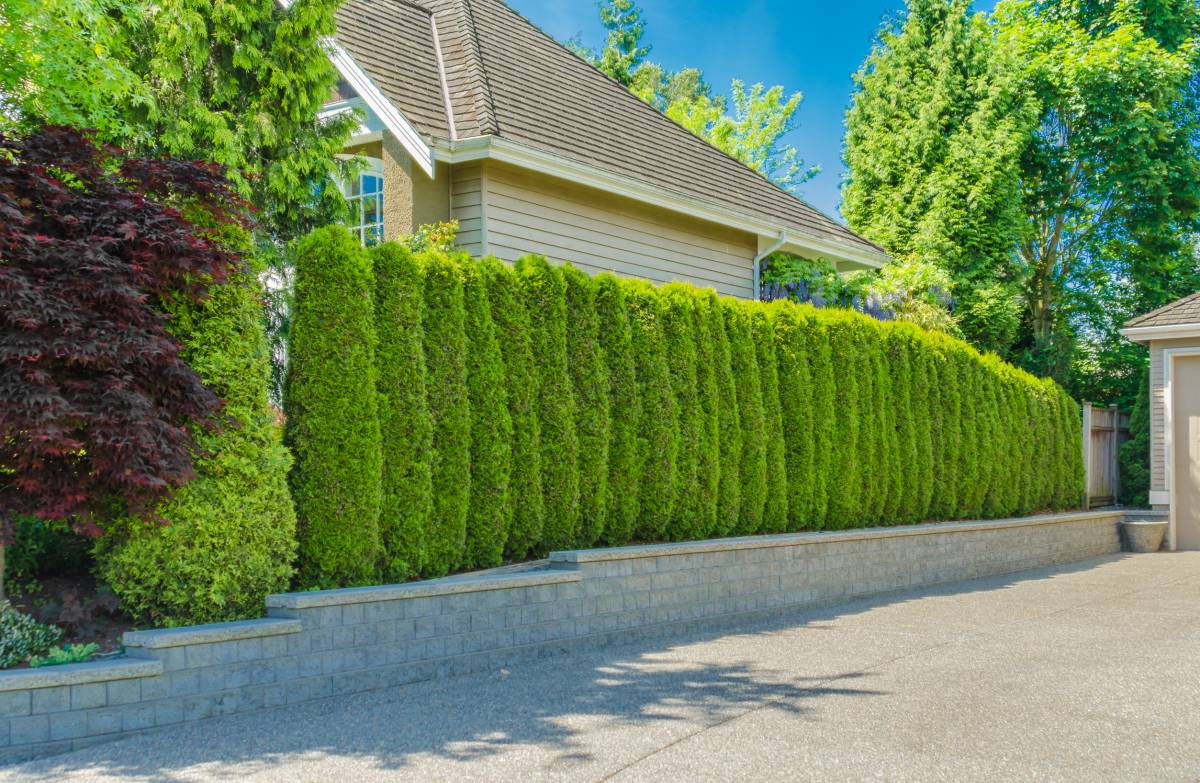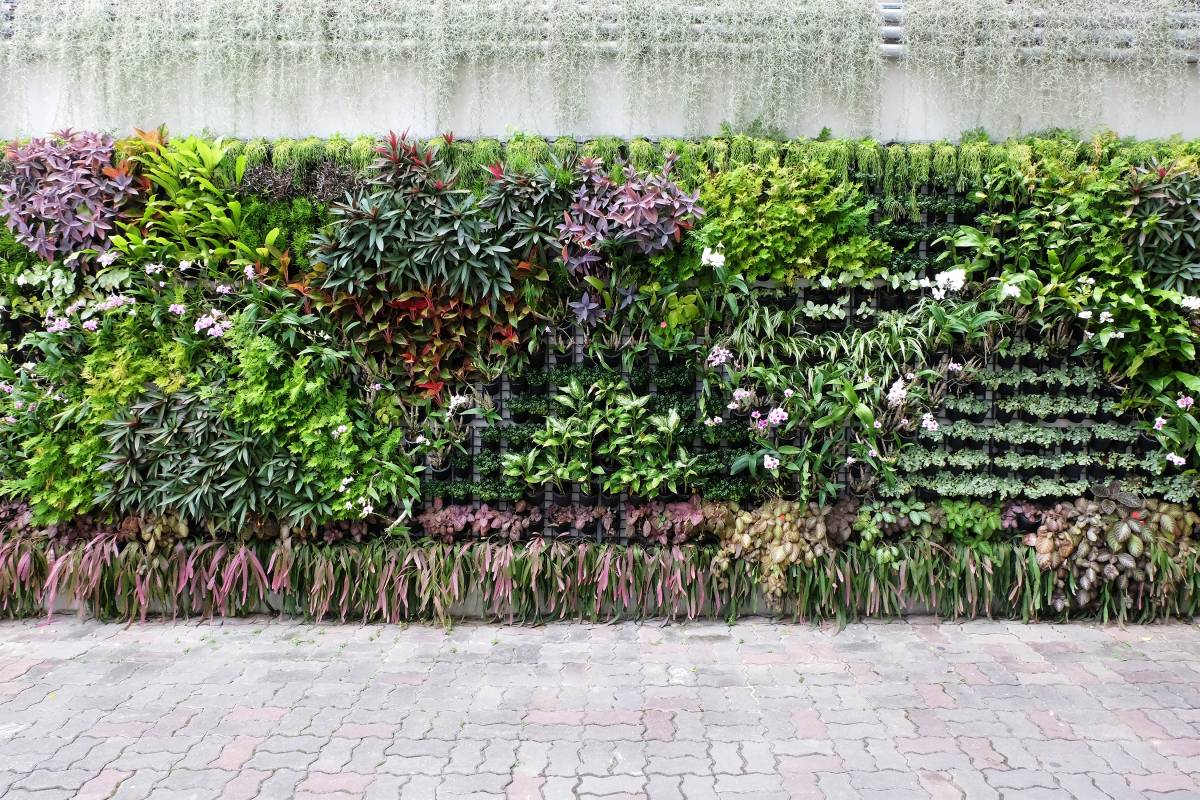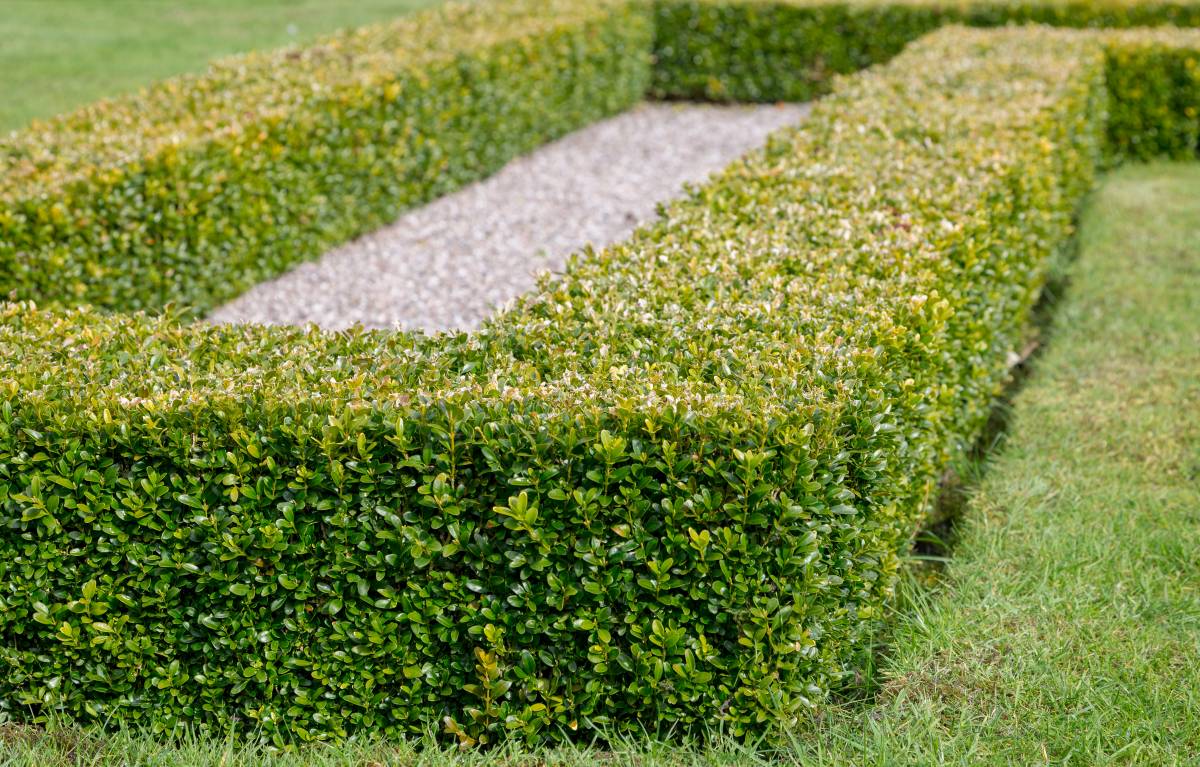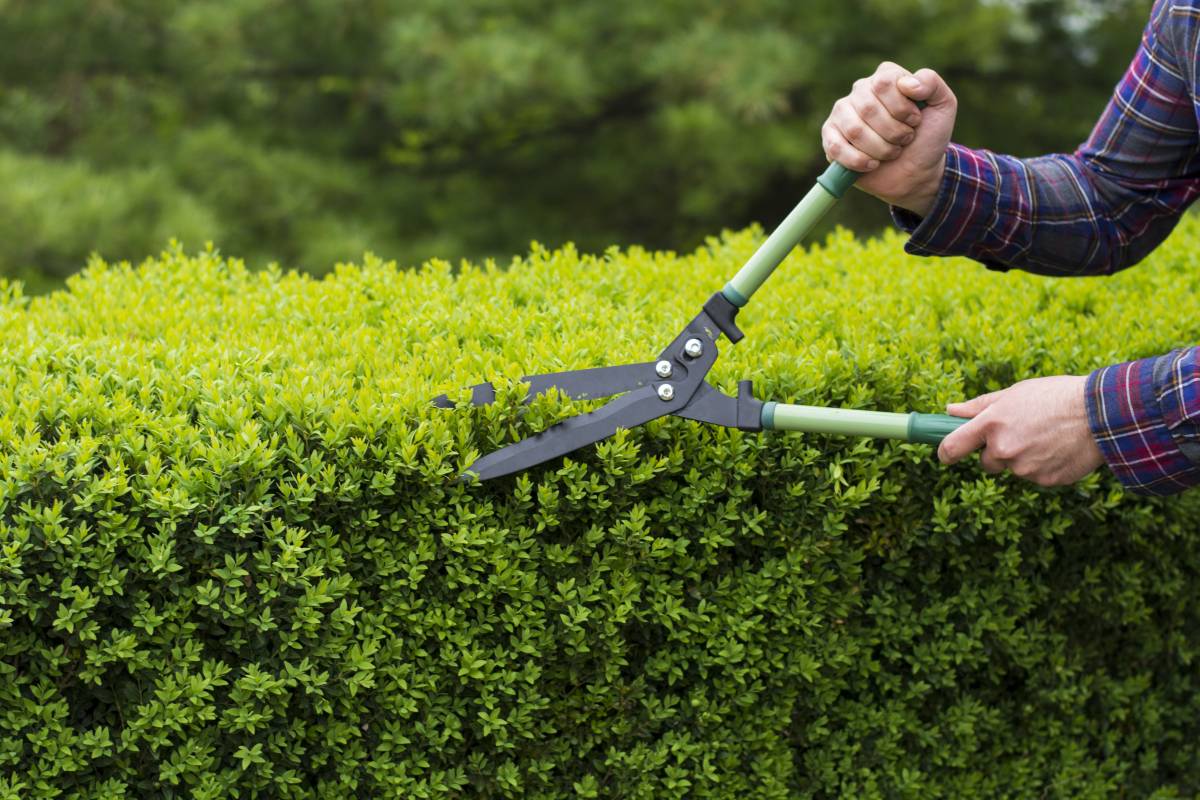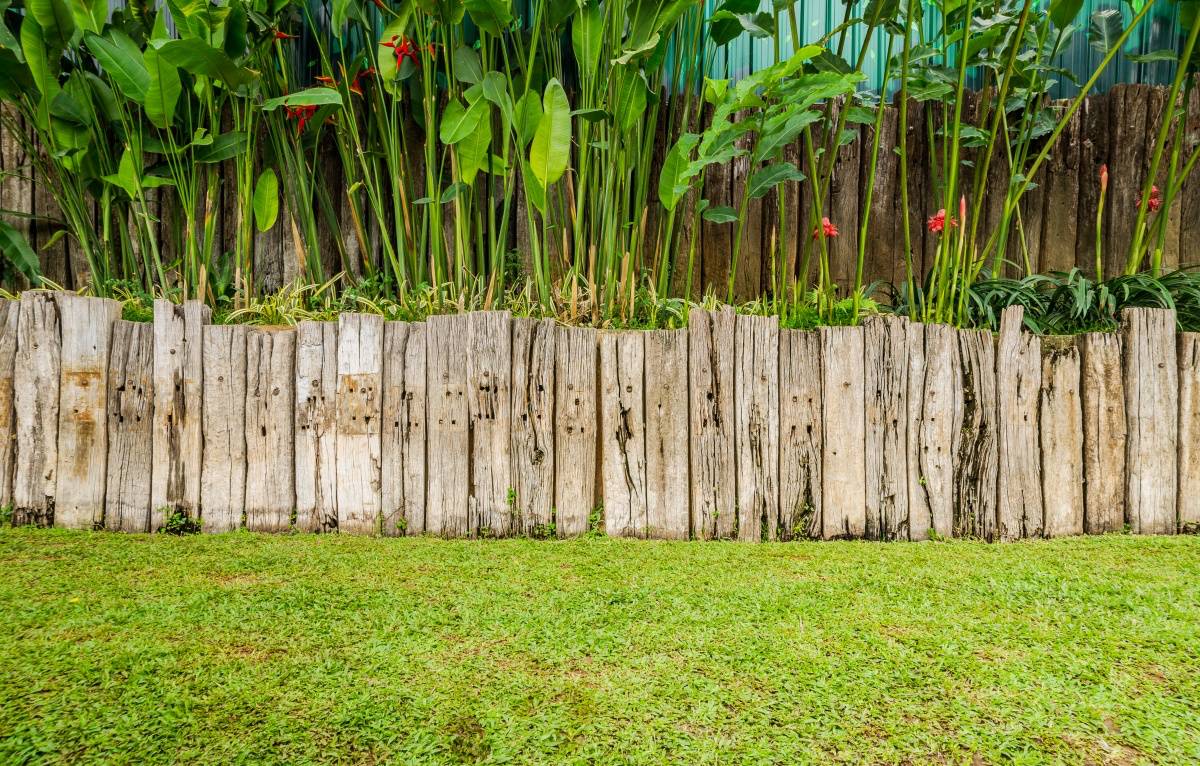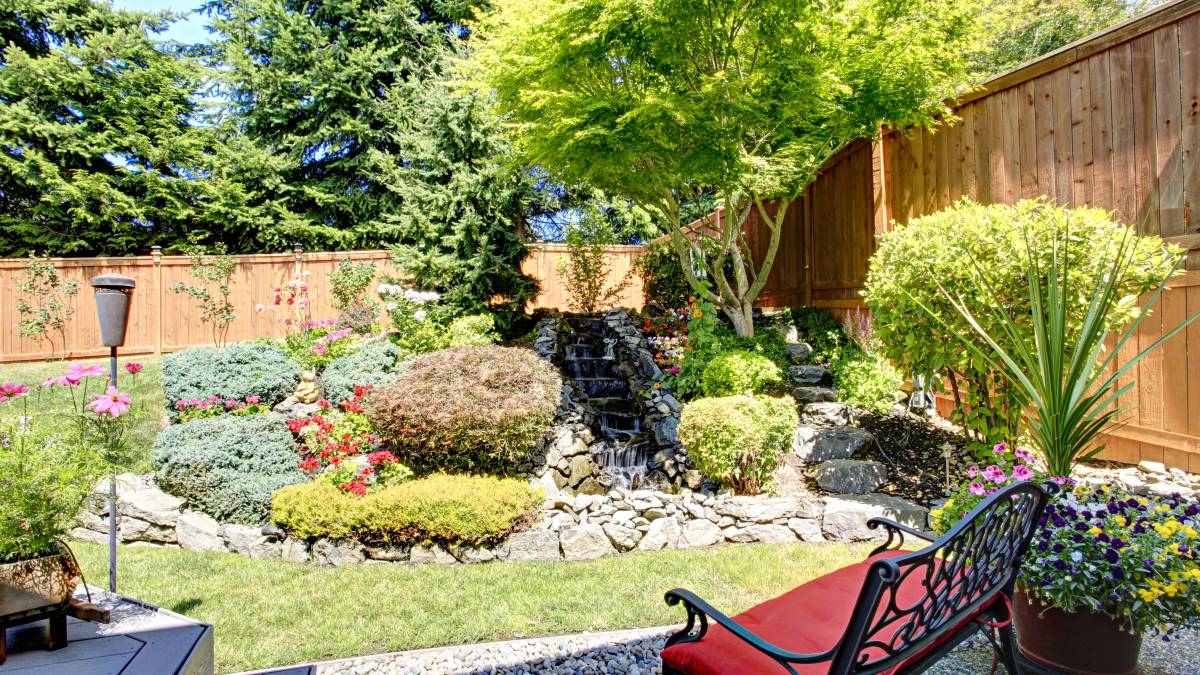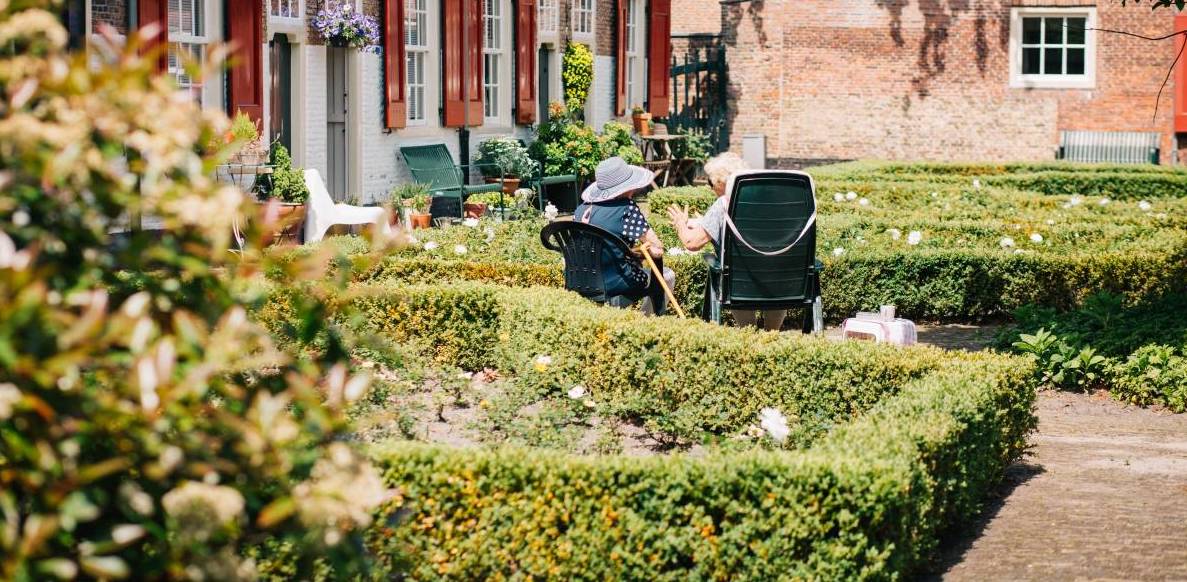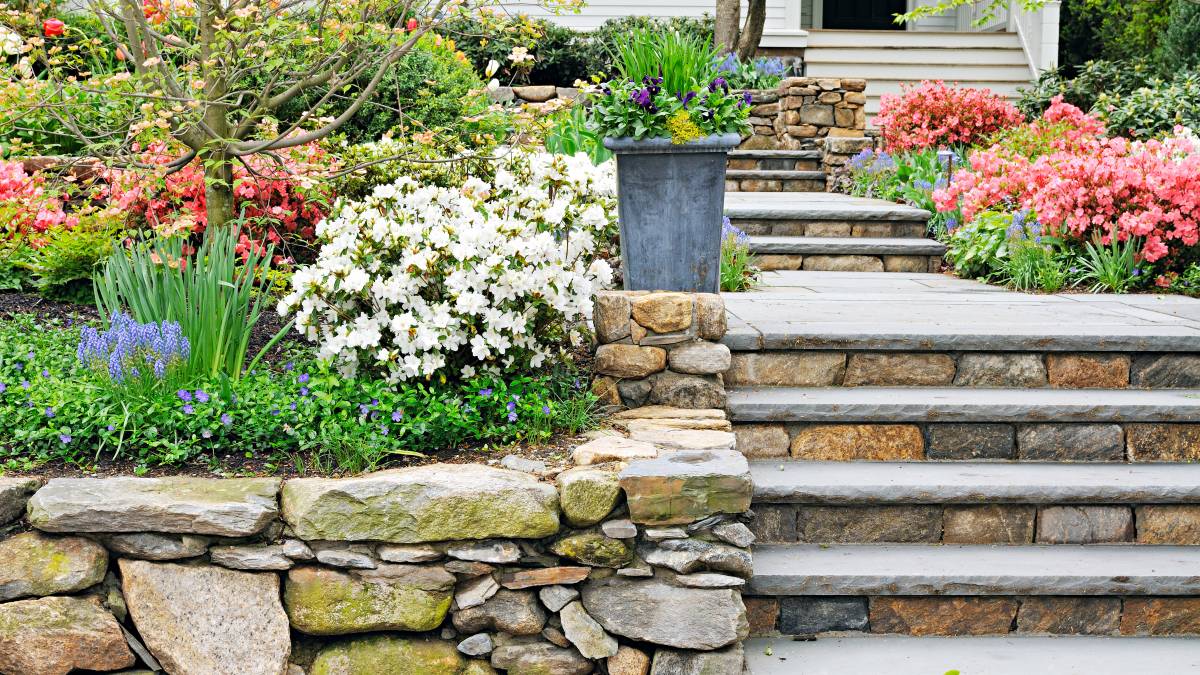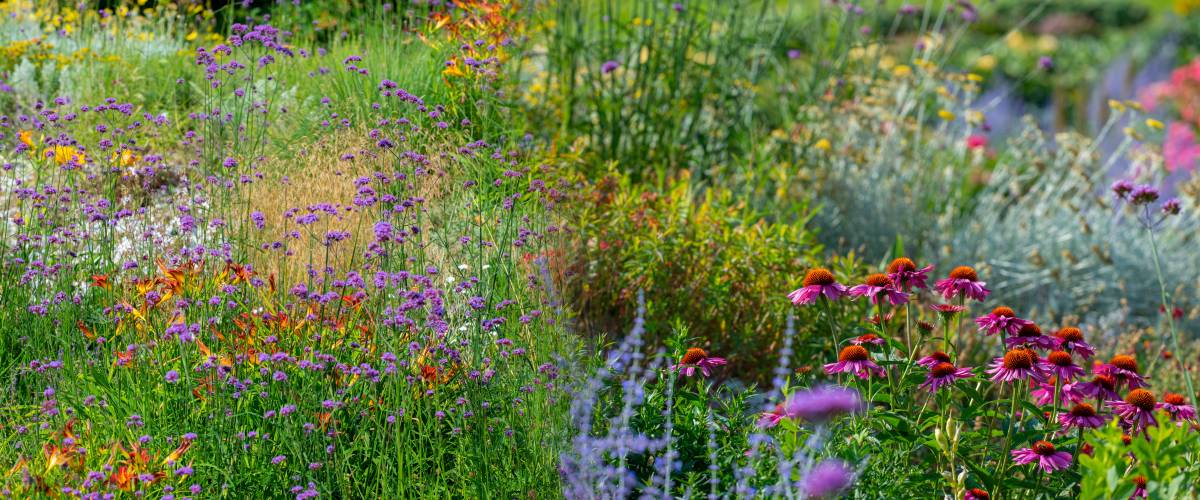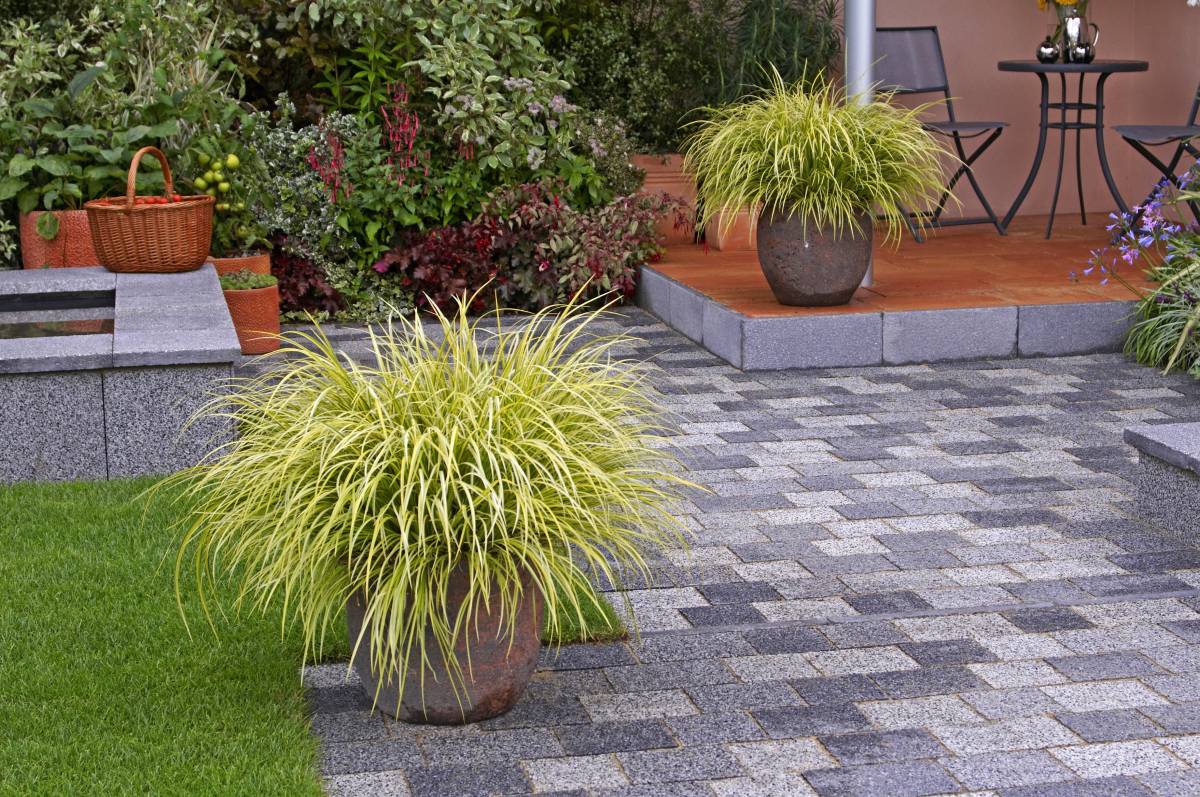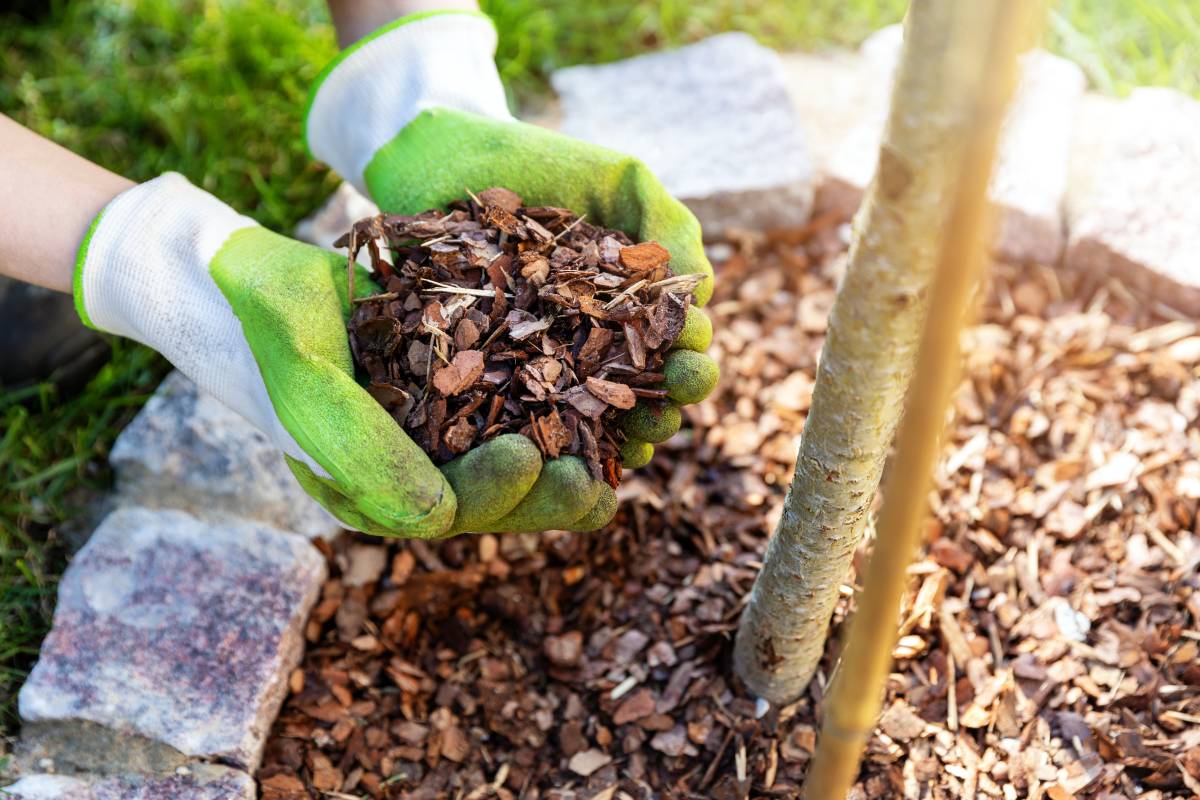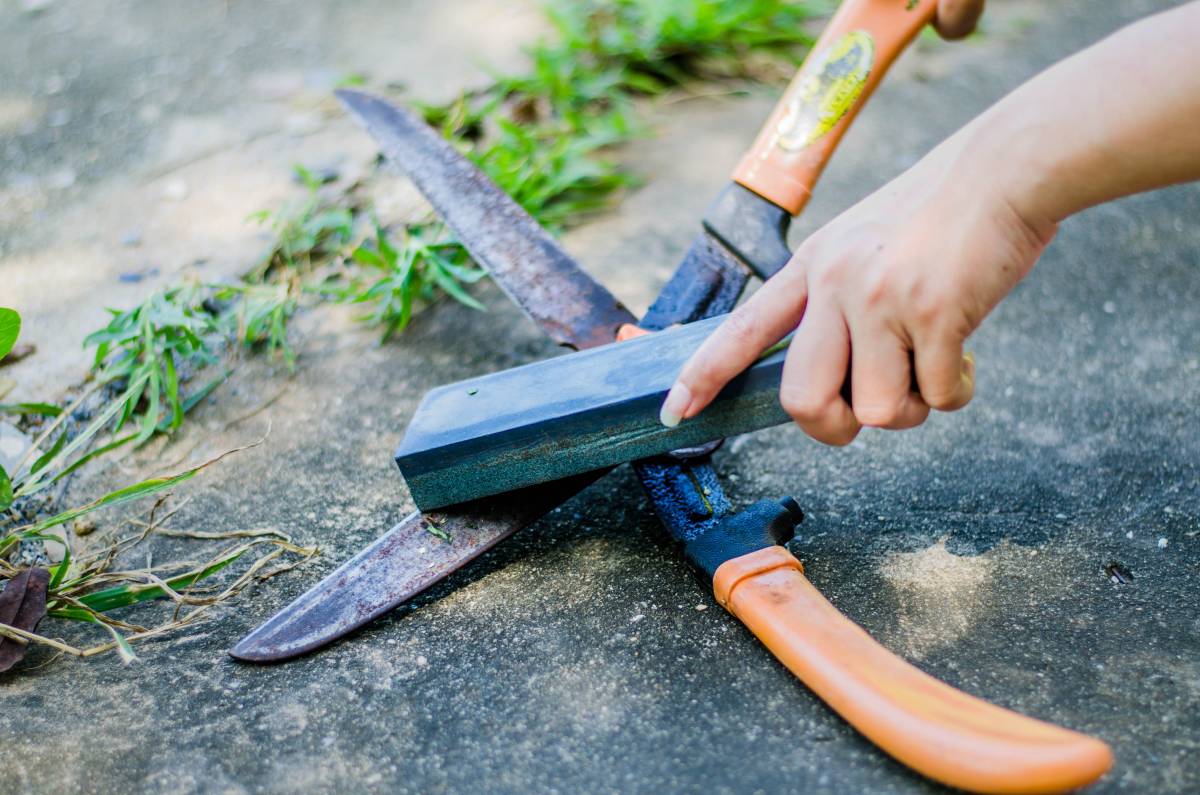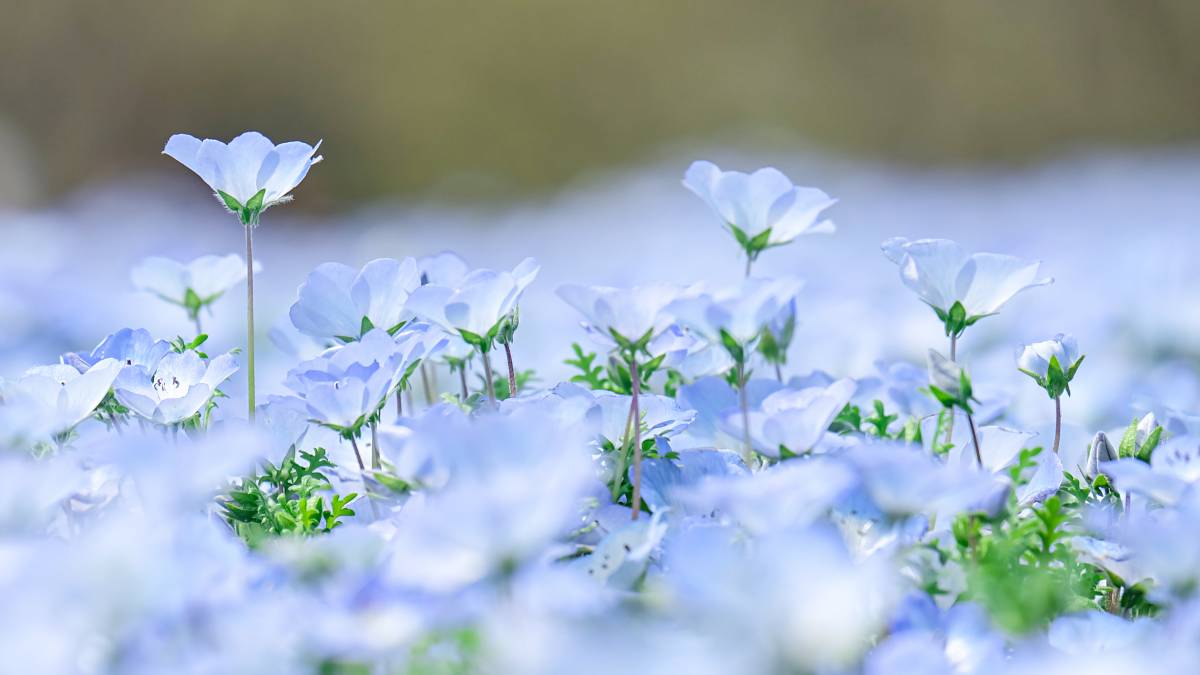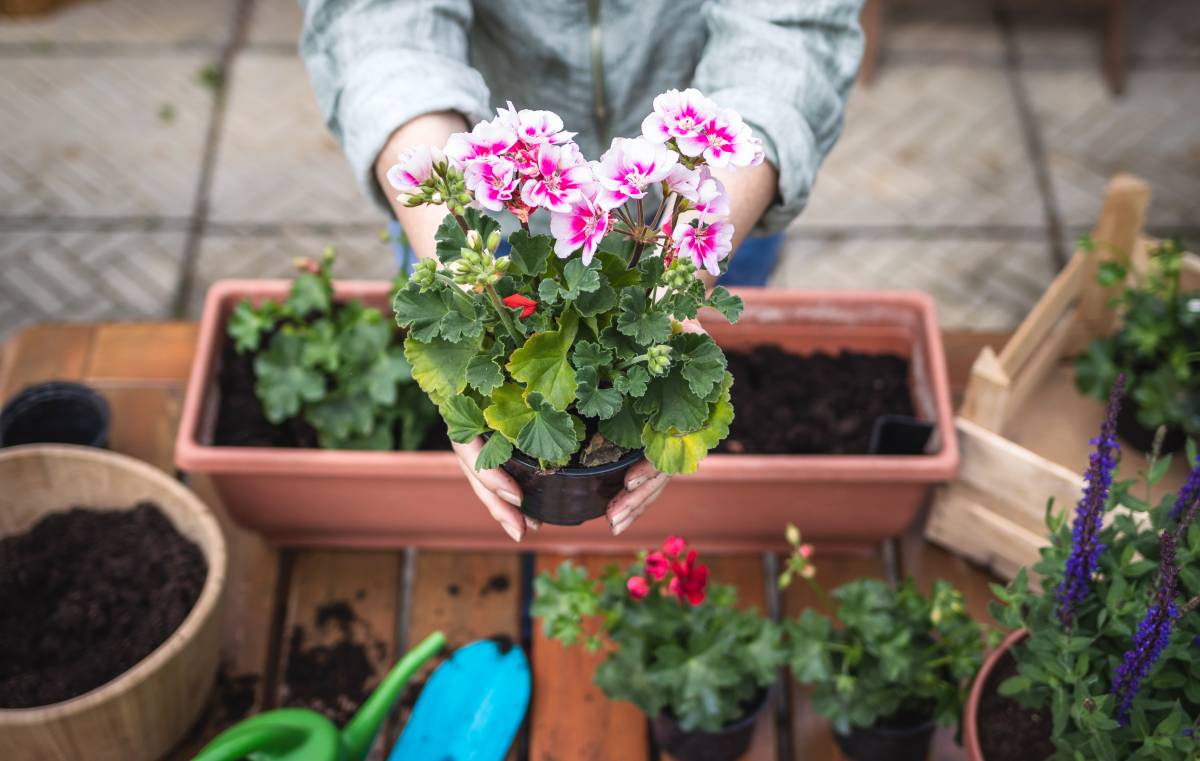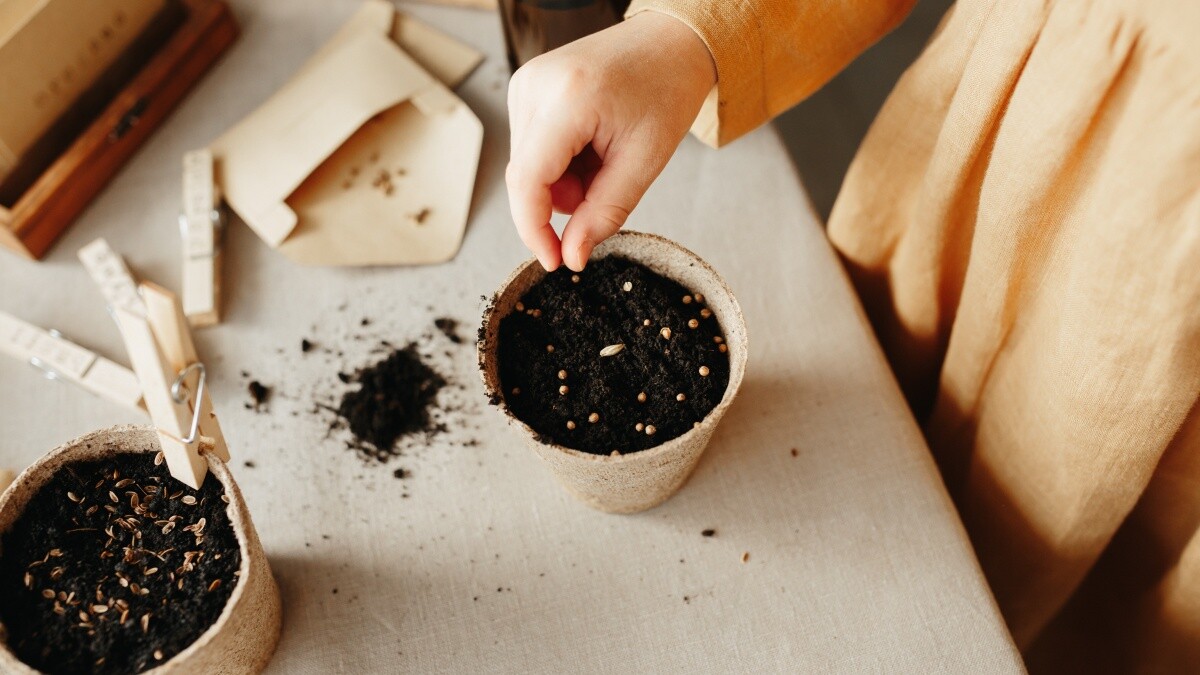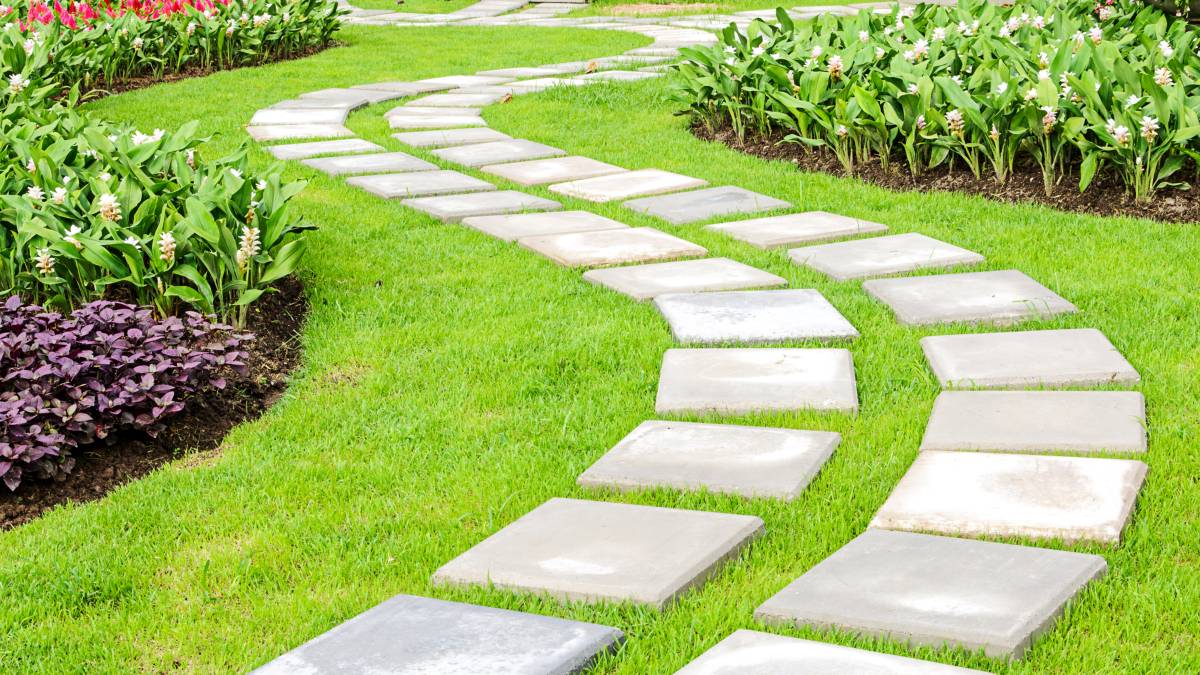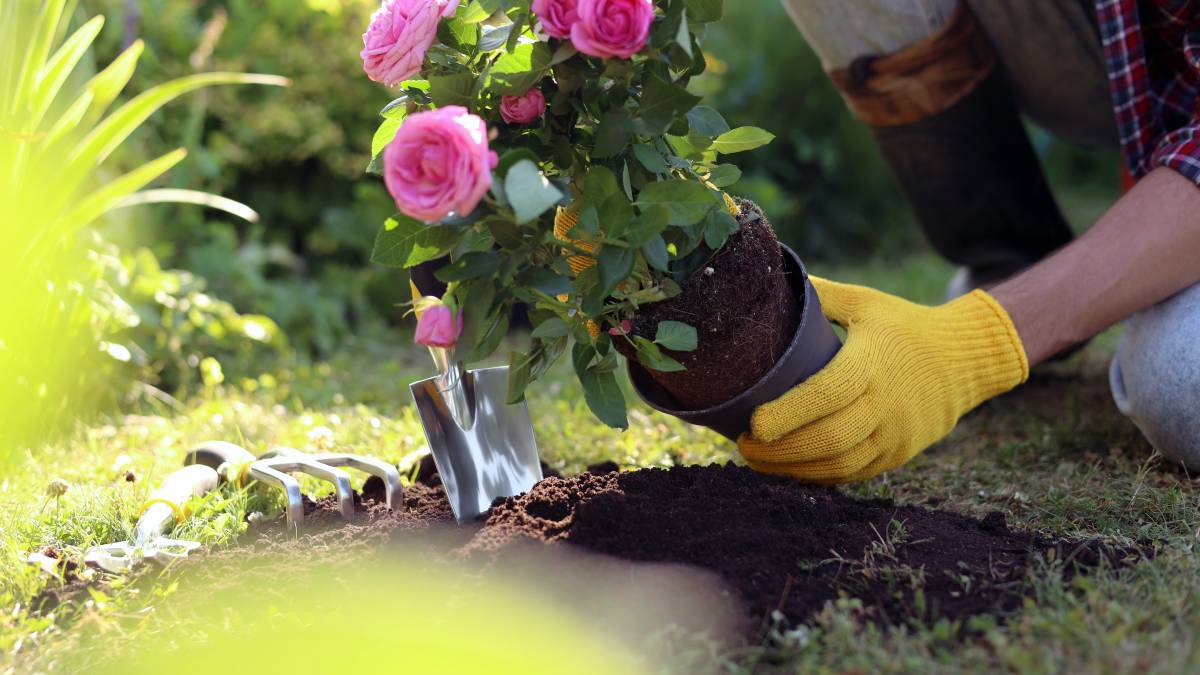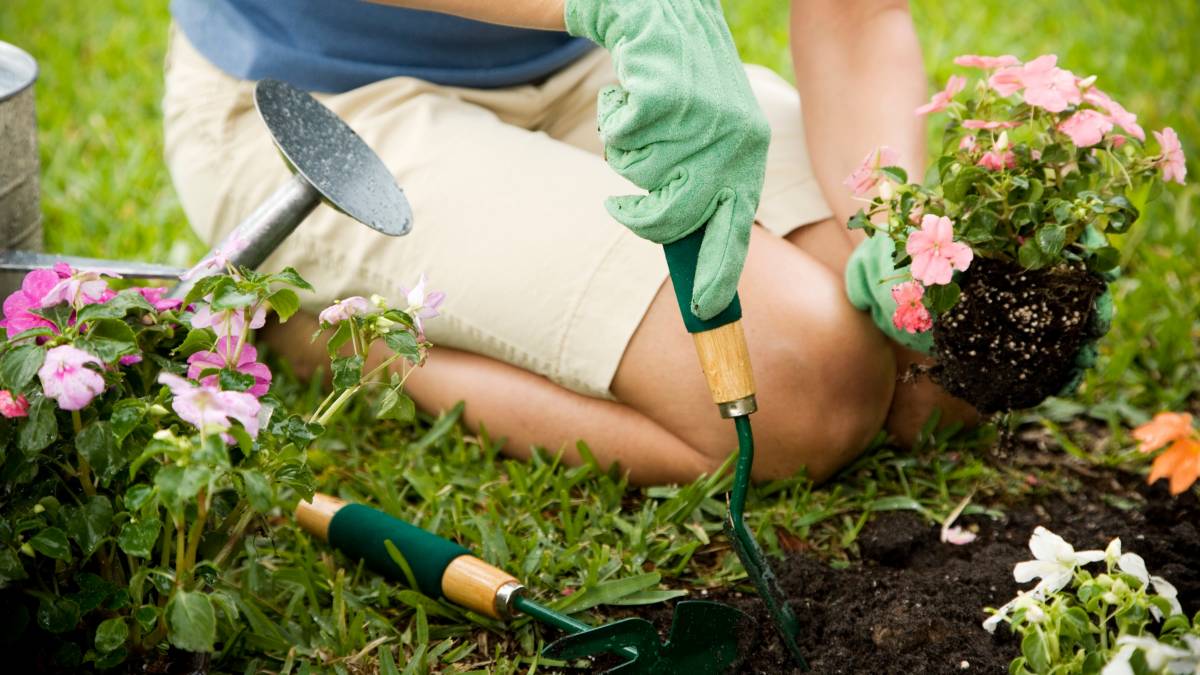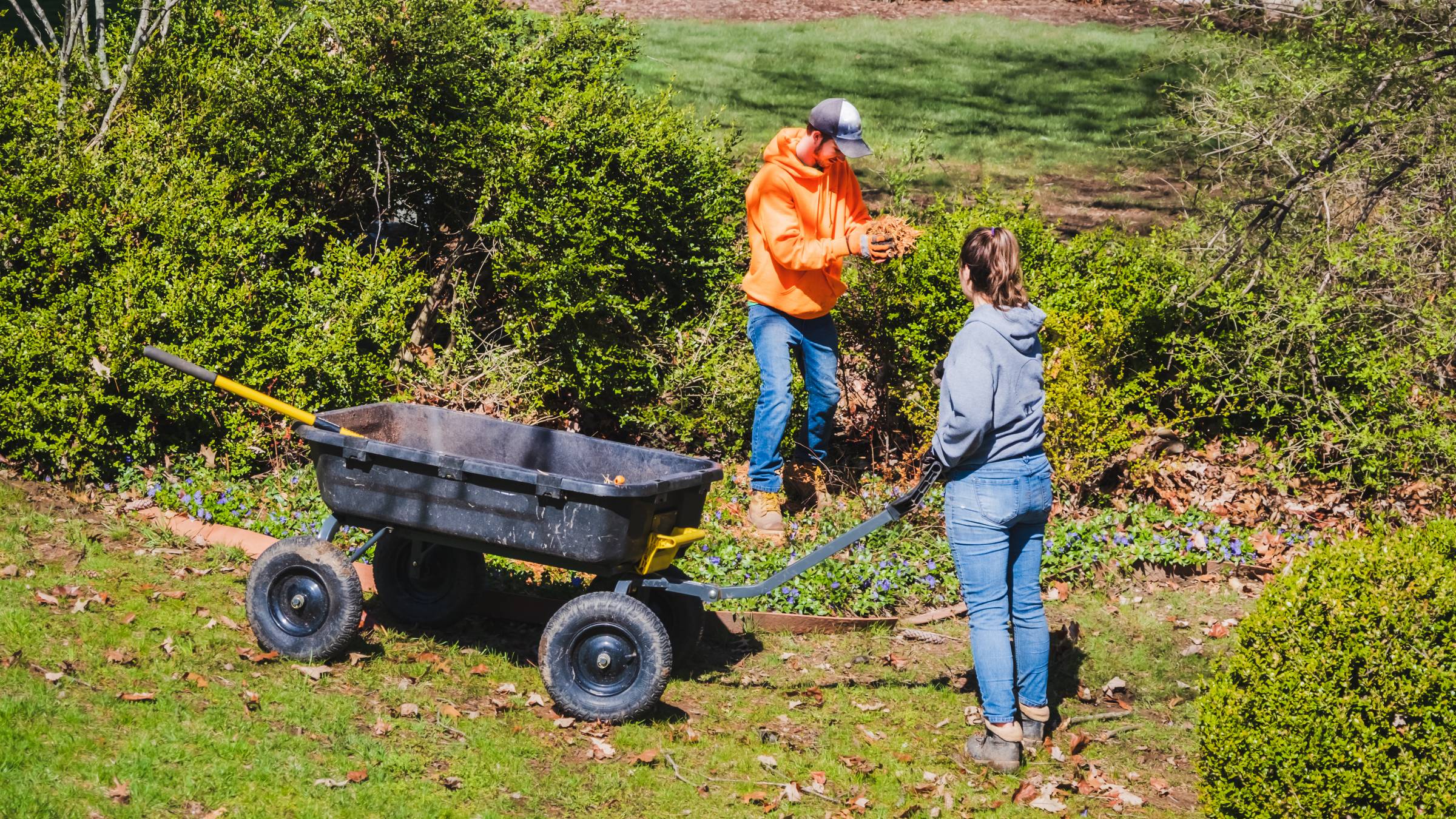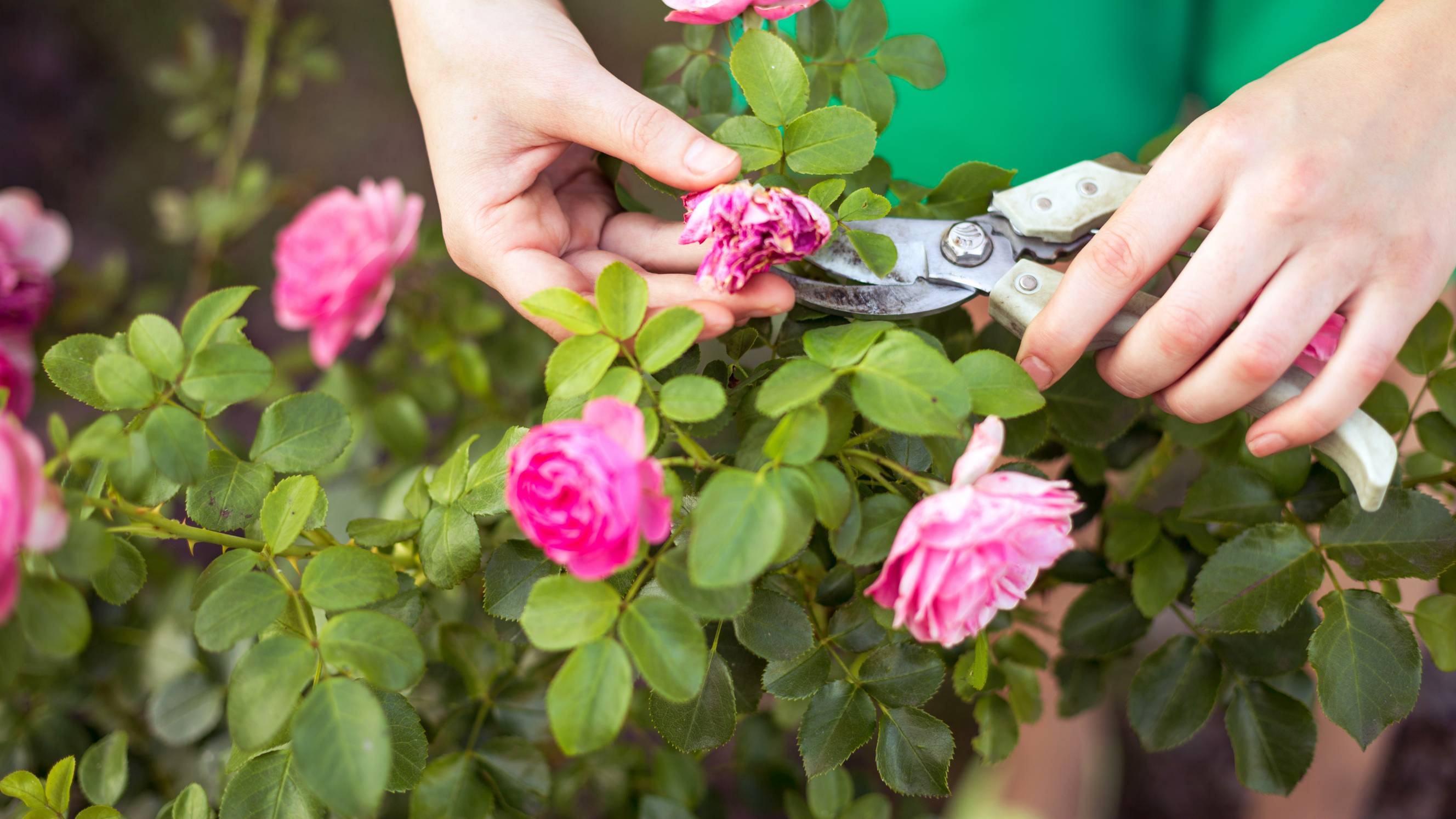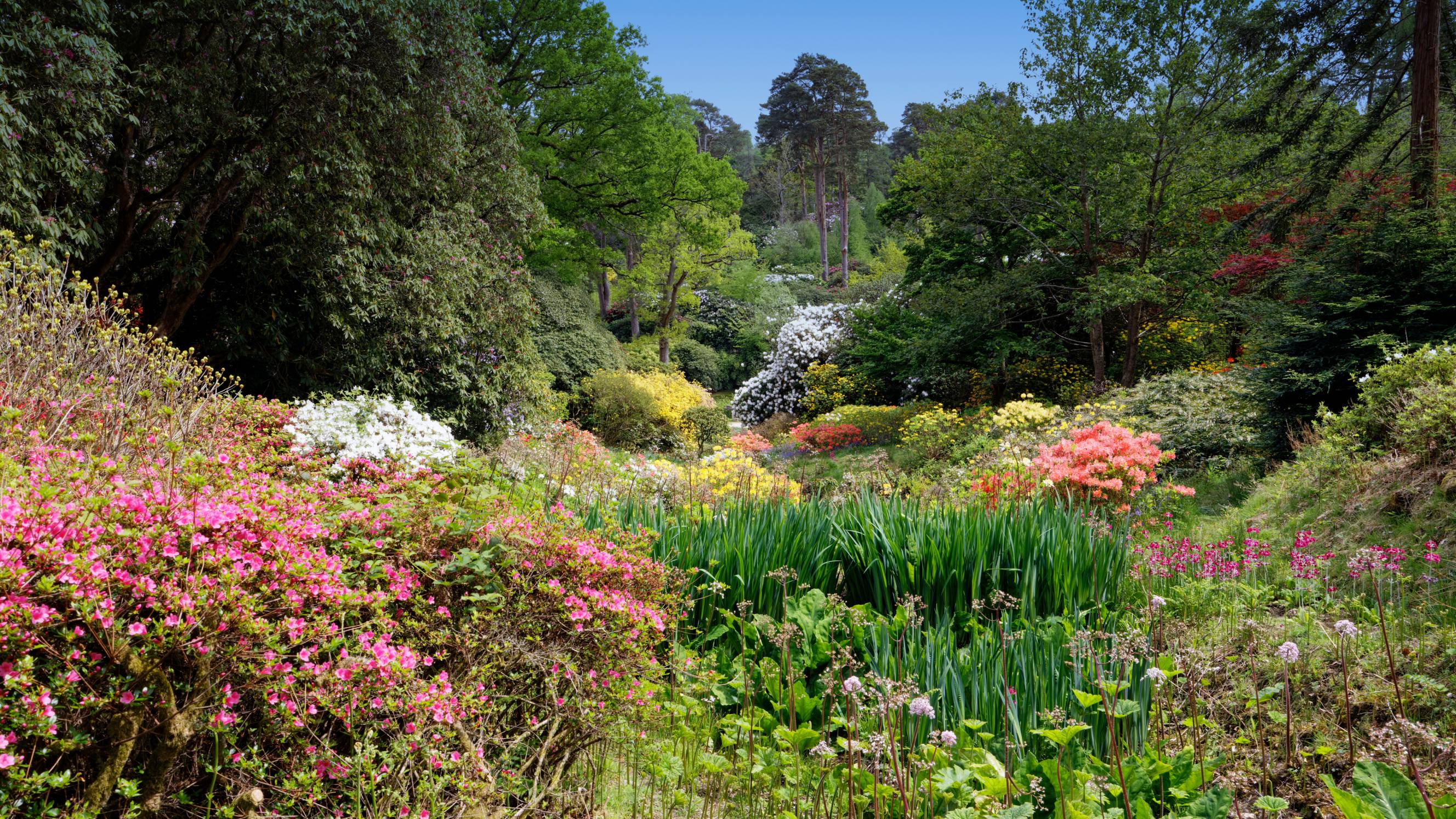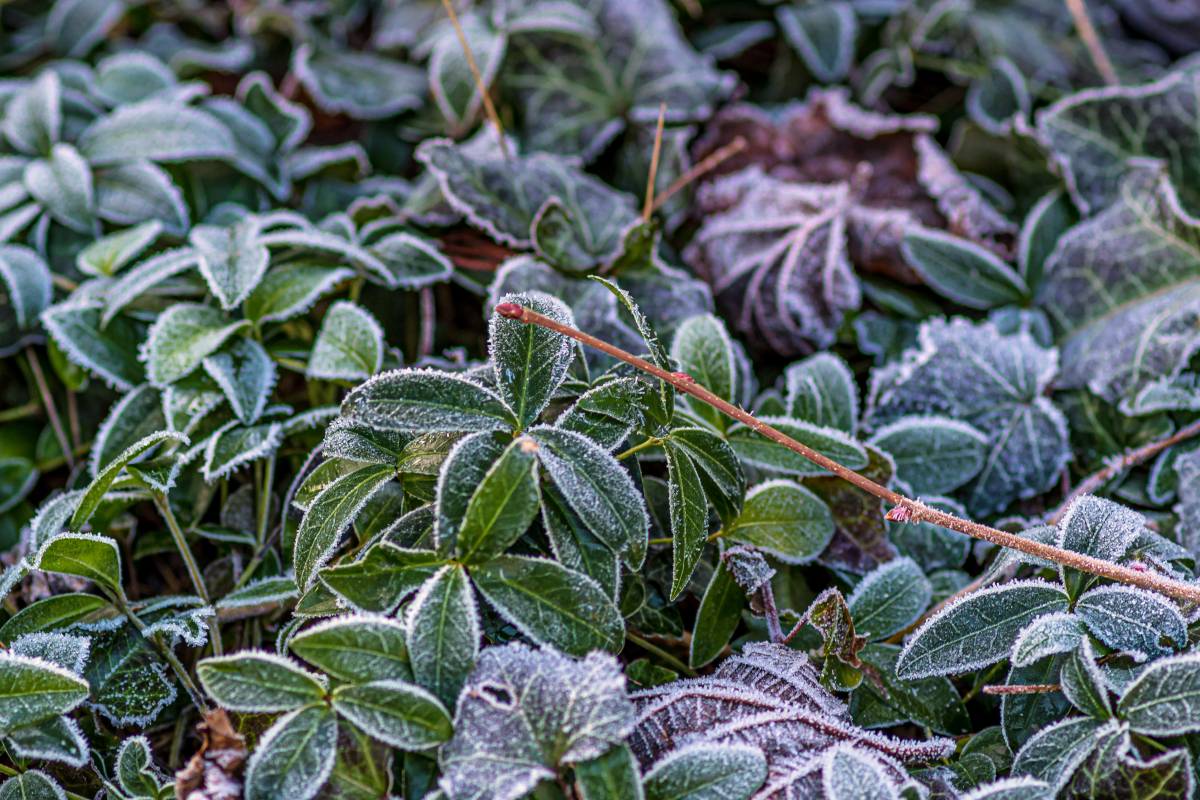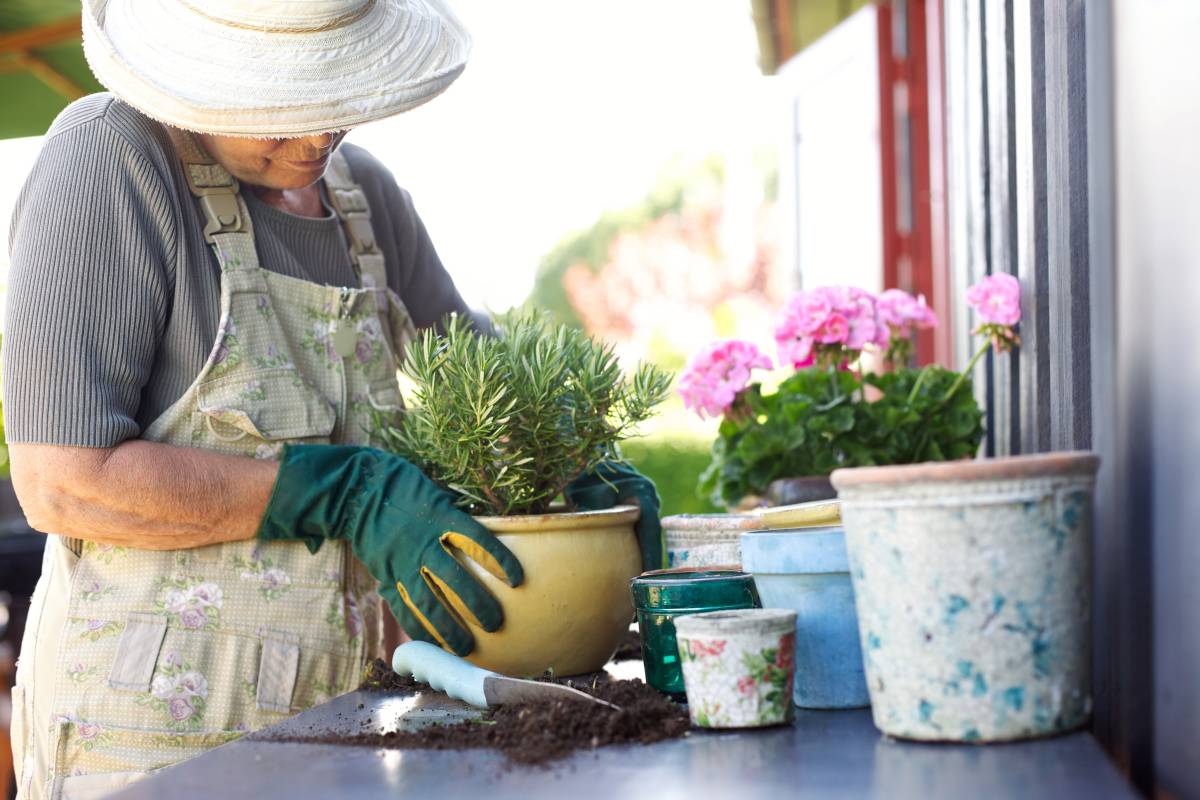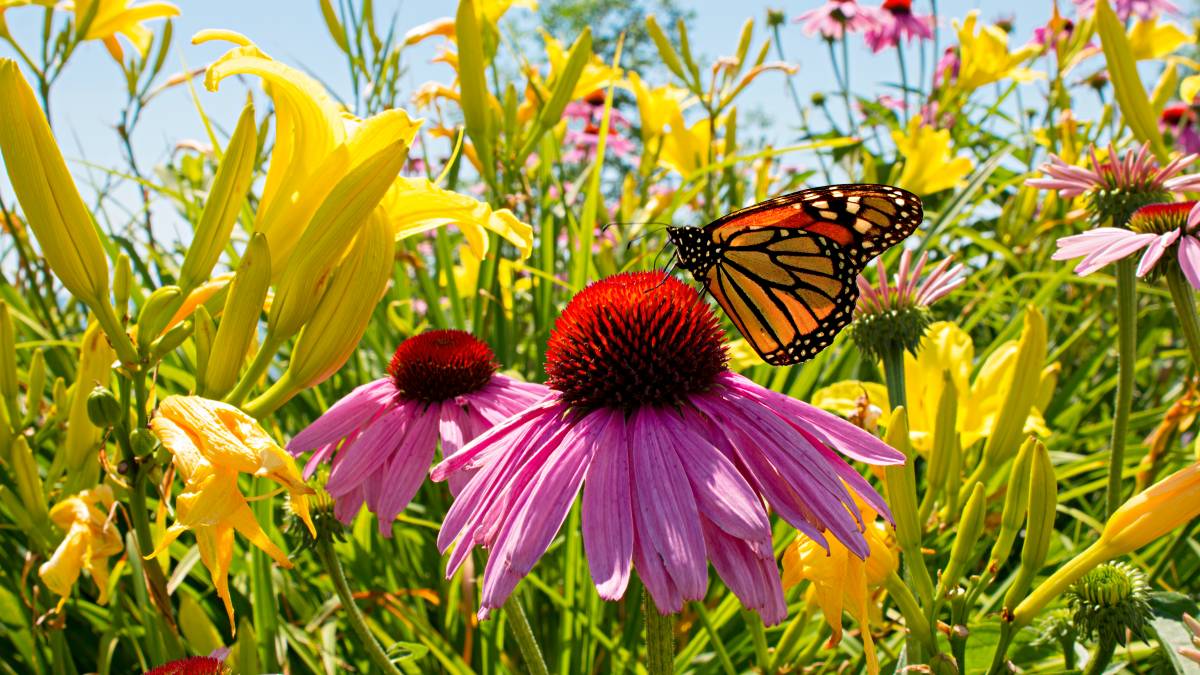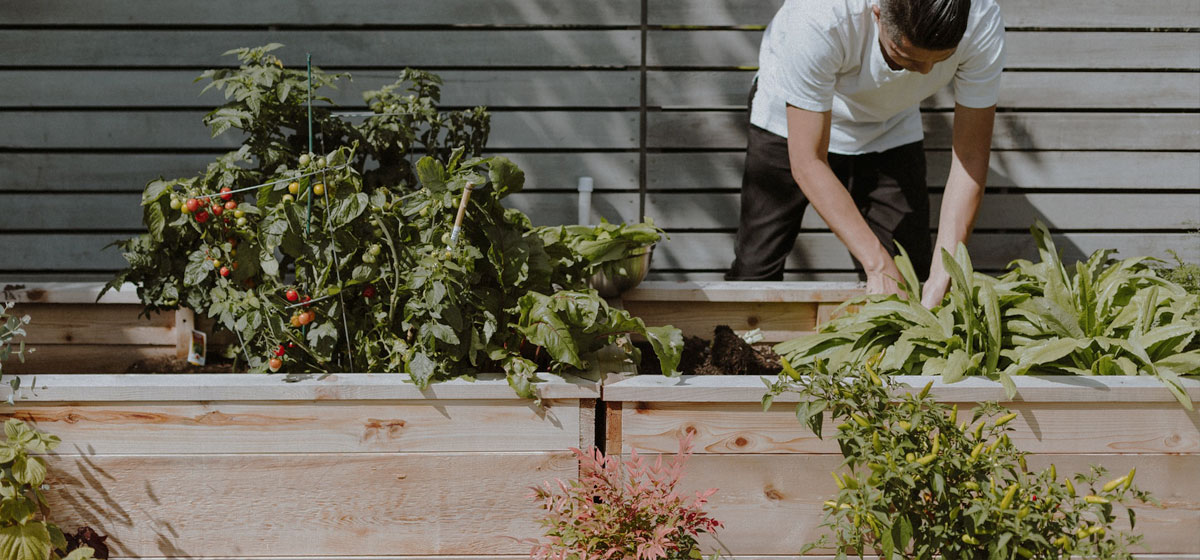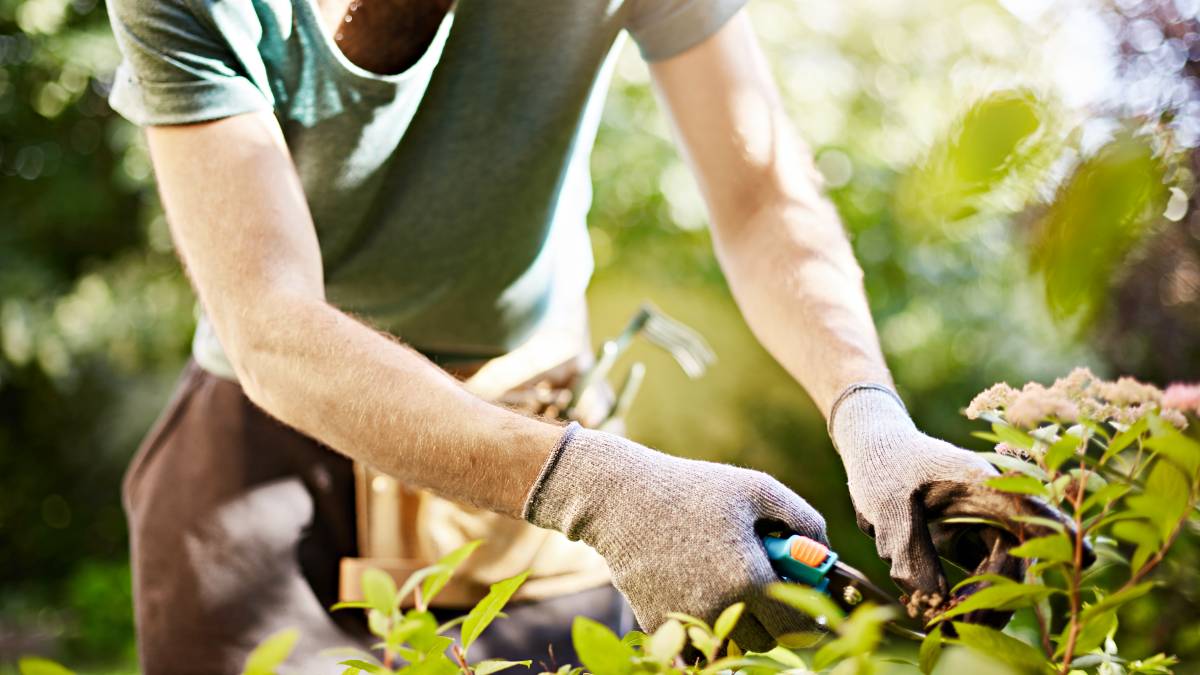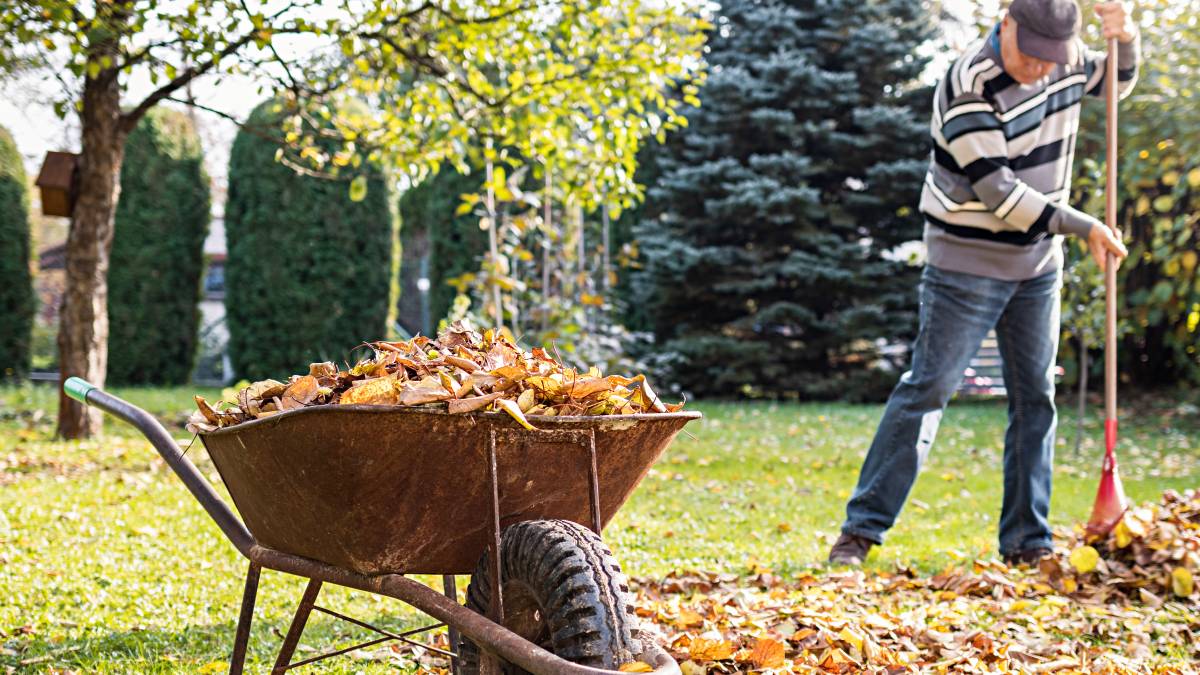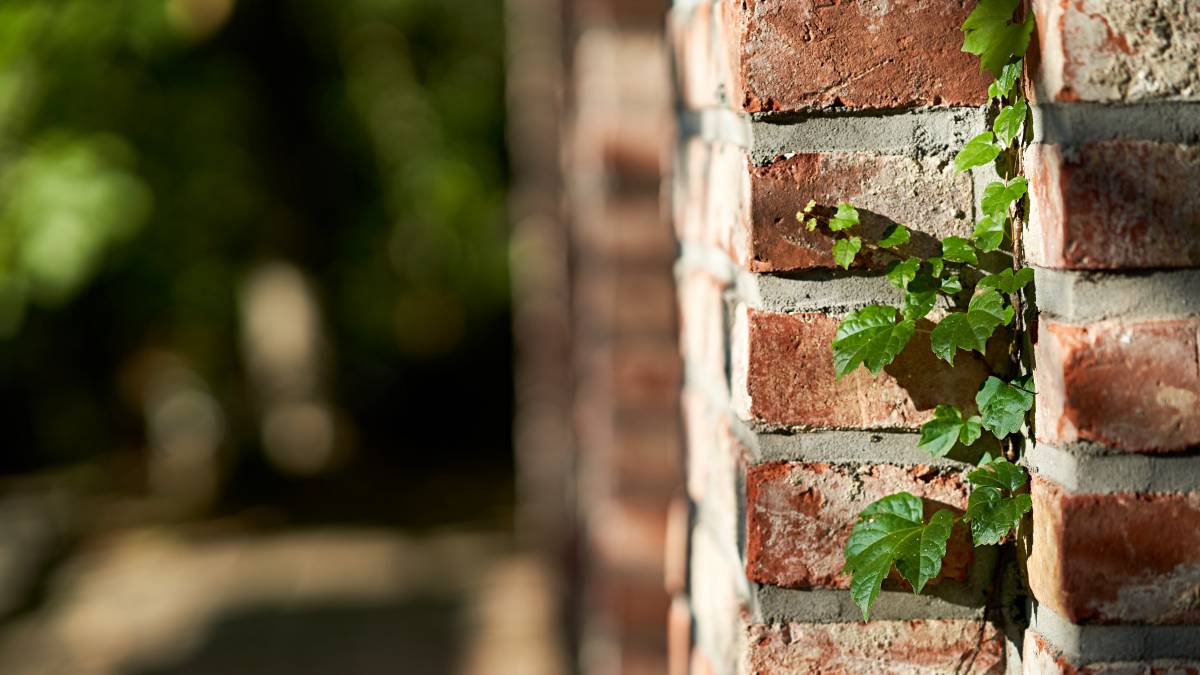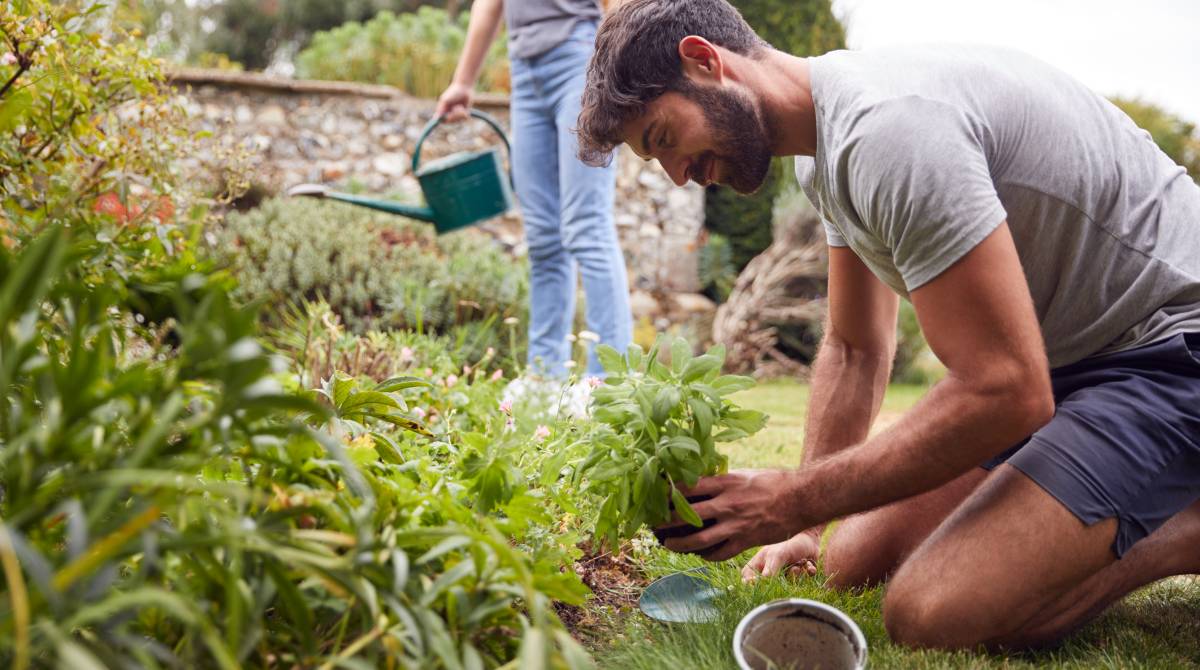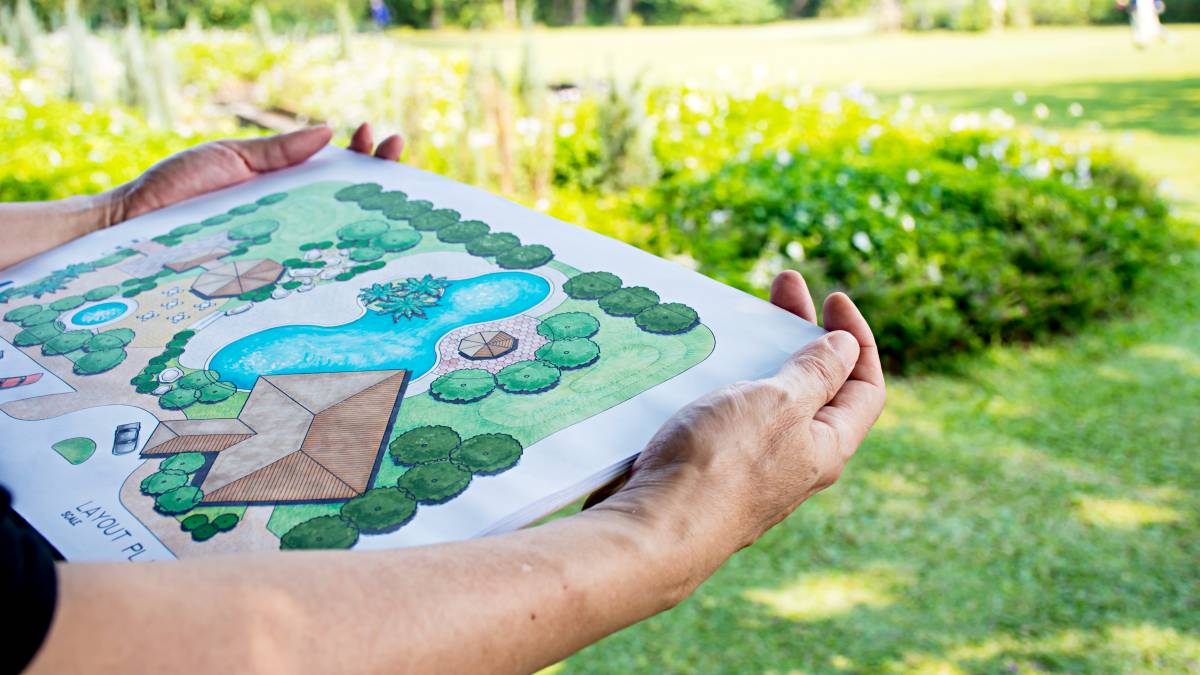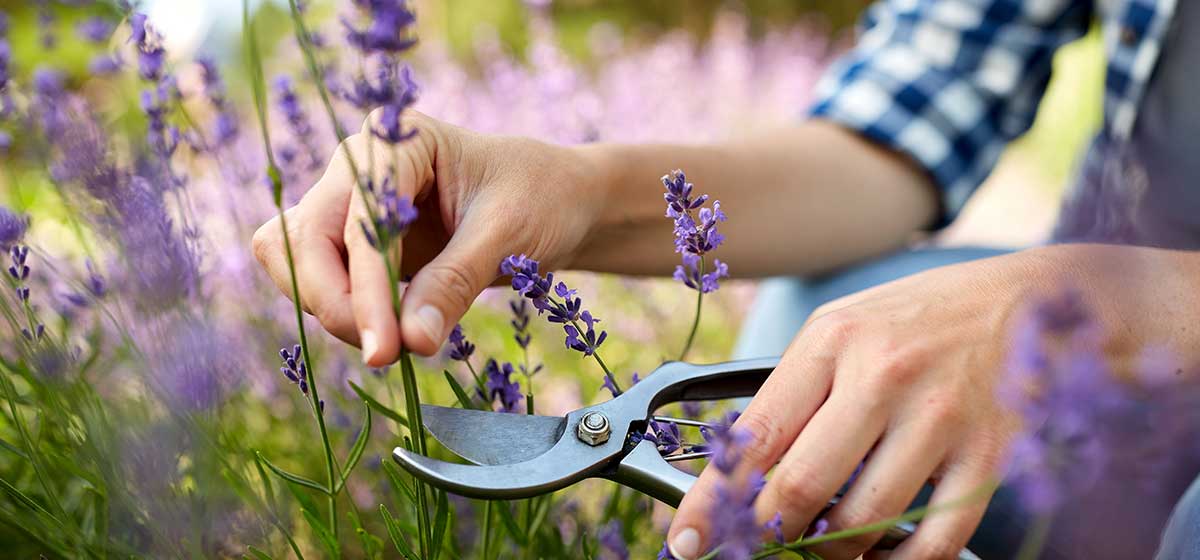
How to prune lavender for healthy growth
Tips to care for your lavender plant through pruning
Find a gardenerLast Updated on
Lavender is among the easiest garden plants to take care of. These fragrant shrubs are lovely plants to have in your garden and are also known for benefits such as stress and asthma relief.
Caring for lavender plants includes proper pruning—according to their variety and the seasons—along with enough sunlight and well-drained soil. Here, we’ll go over how to prune lavender to extend its lifespan and keep it looking healthy.
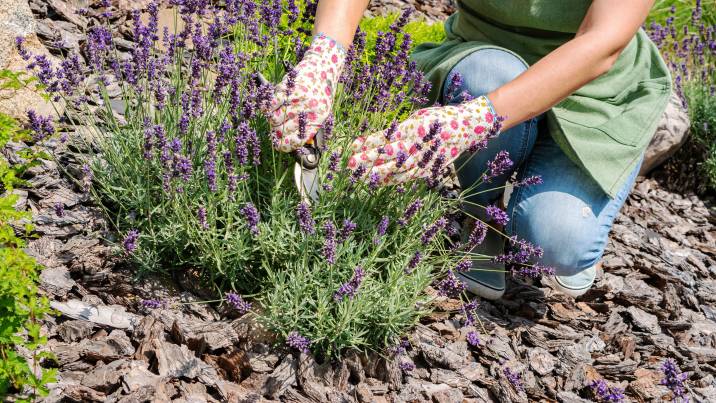
Is pruning necessary?
Along with well-drained soil and lots of light, pruning is an essential part of maintenance for lavender plants, especially if you want to keep them in your garden long-term. This keeps their foliage structure neat and encourages new growth and flowering.
Because lavender is a hardy bush, regular pruning helps prevent it from becoming too large and woody—this is also why pruning is essential in more mature lavender plants.
How to prune a lavender
What you’ll need:
Clean and sharp pruning shears or a sharp knife
Gloves
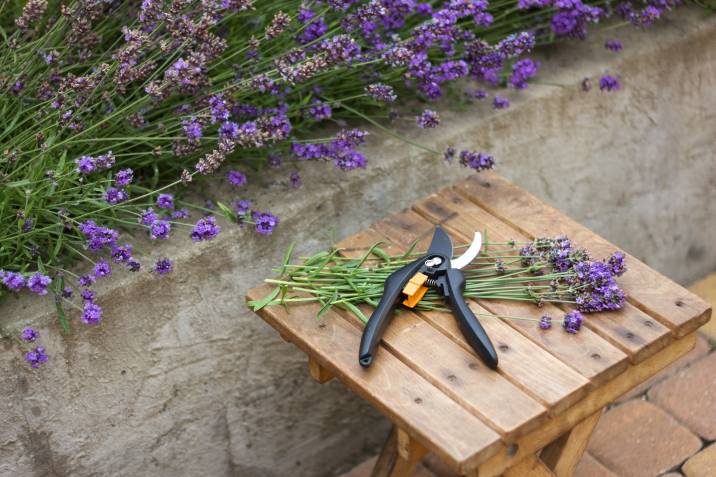
While pruning depends on the season and the type of lavender plant you are growing, it generally follows a simple process that involve:
Deadheading
Deadheading lavender means removing the dead flowerheads and spikes of the plant. It shouldn’t be necessary if you do regular pruning; however, it is a good practice if you want to keep your plants looking fresh and attractive. If you’re too nervous to start heavy pruning, you can try deadheading first to get a feel of where to make deeper cuts.
Pruning
The general rule for pruning lavender is to avoid cutting back to the woody stems. This will hinder regrowth as the wood that grows on lavender does not rejuvenate. It is also prone to weakening and splitting. So, avoid over-pruning—this may harm or kill your lavender plant. It’s also a good practice to leave fresh new leaves on the stems.

Shaping
Shaping is done more for the upkeep of your lavender plant’s appearance—to maintain an even, dome-like shape, cut the outside stems shorter than the middle stems. This will encourage your desired growth pattern and lessen the need for shaping as your plant grows.
When to prune lavender across different types and seasons
Now that you’ve learned the basics of lavender pruning, consider these specific tips for the different seasons and lavender varieties. Following these will keep your lavender plants healthy and help you know when to cut back lavender so you can avoid doing it too often.
Age
Pruning young lavender: It’s ideal to start pruning early—don’t wait until it turns woody because you’ll have difficulty shaping your plant. Pinch off new growth at the tips to encourage dense branching. You can also cut the foliage by about a third, so it grows into a neat mound.
Pruning mature and established plants: Mark about 5 to 10 cm above your plant’s woody base. This spot where the soft green stem meets the wood is where you want to start pruning. Pinch or cut off the first set of leaves at the tip of the stem to encourage quicker reblooming.
Pruning lavender that is woody: For older lavender plants, make sure to make cuts just above the wood. If you can see the raised bumps on the stems from which leaves grow, count to the third bump from the woody part and start cutting there.
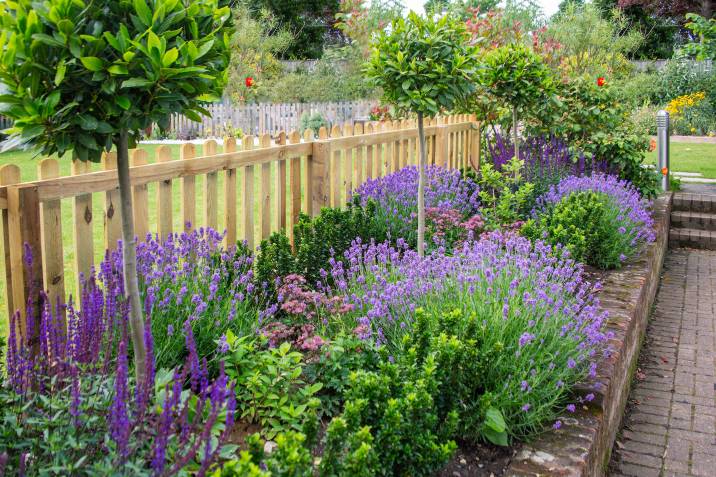
Variety
How to prune French or Spanish lavender: Lavandula stoechas is not as hardy as other varieties, so prune this plant delicately—never get too close to the base. Do this after the first flowering. After which, you can maintain it with deadheading and shaping for the rest of the season.
How to prune English lavender: Lavandula angustifolia, or English lavender, is more common and hardier. Prune it lightly after the first flowering and follow up with a full pruning after the last flush has faded.
Season
Lavender pruning in Spring: Spring is one of the best times to prune lavender. It’s important to prune only if you see new growth in your plants. If not, give them more time to grow. Follow the rule of cutting just 5 to 10 cm from the woody base and deadhead for the rest of the season.
Lavender pruning in Summer: It’s optional to prune lavender in the summer, but you can do a full pruning by January to prepare lavender for the winter and to encourage a healthy regrowth in the spring. You can also take this time to harvest your lavender blooms for various uses.
Caring for lavender through proper pruning
While keeping a lavender plant in your garden may be a breeze, proper care involves knowing how to prune it the right way. To ensure a longer lifespan and healthier foliage for your lavender plant, use the tips above as a guide.
You might also consider enlisting a professional to handle your plants’ upkeep. Discover pruning and other garden services on Airtasker, and find a Tasker today!
Pruning Lavender FAQs
Pruning lavender prevents it from turning woody. When the stems become woody, it will be harder to encourage the plant to rejuvenate and grow new blooms. It also becomes more prone to splitting. In effect, it becomes overgrown and unattractive and shortens the plant’s life.
You can prune lavender before winter to prepare it for the cold season—especially for hardier varieties. This will help it retain its structure during the colder months and encourage more growth in the spring. Remember to leave lots of green on the plant, though.
Yes, cutting back or pruning lavender twice a year will ensure a long-lasting result plant that is neat and tidy. If you have a young plant, you should always allow it time to establish its roots before pruning. Pruning is always much easier as the plant gets older, and when the plant reaches middle-age, heavy pruning is necessary. Clear about one-third of the length and shape of the plant to allow for a decent amount of airflow and spacing between the blossoms.
Find pruning experts, fast
Find a pruning expert
Related articles
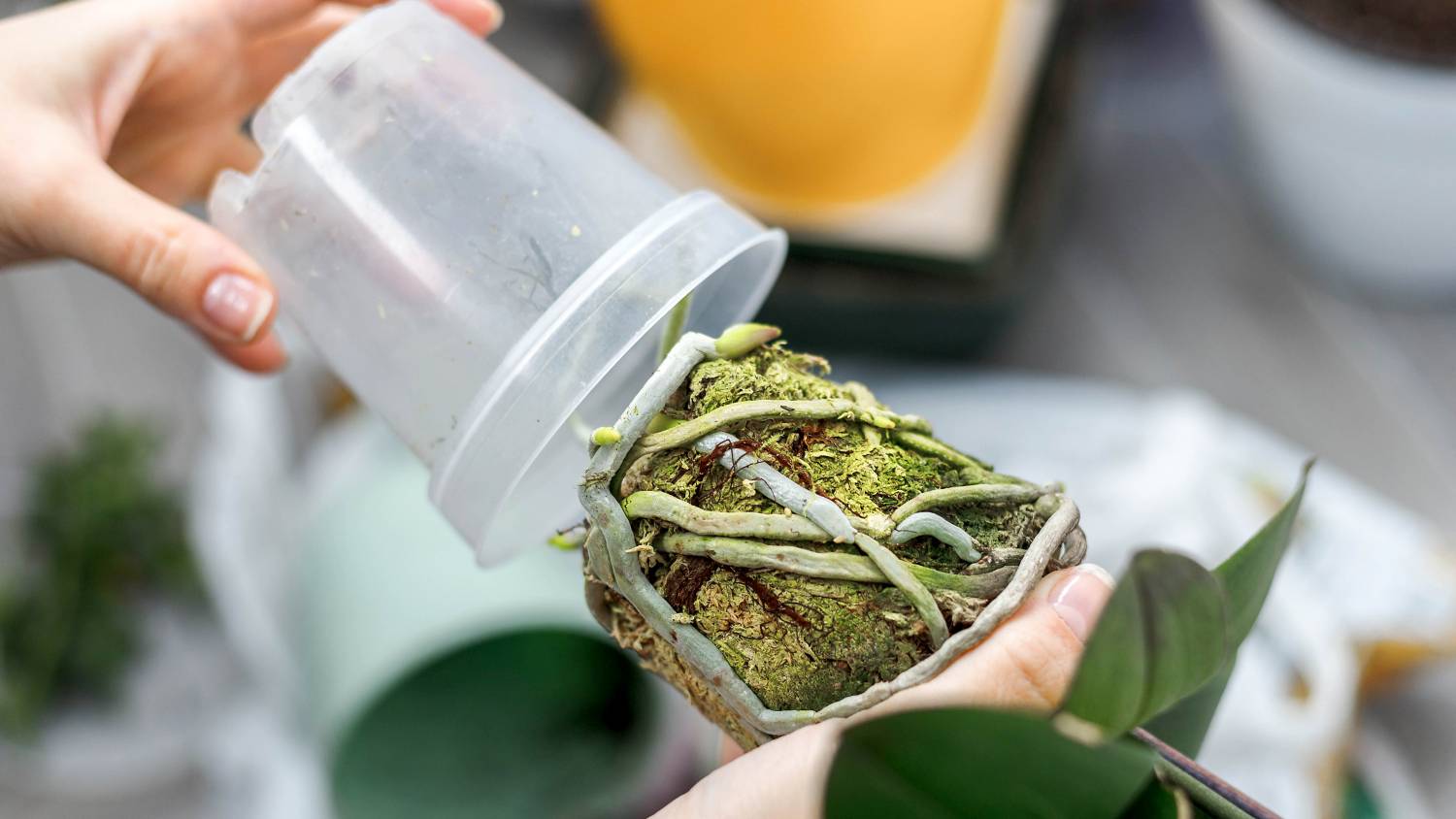
Learn how to repot an orchid
Read more
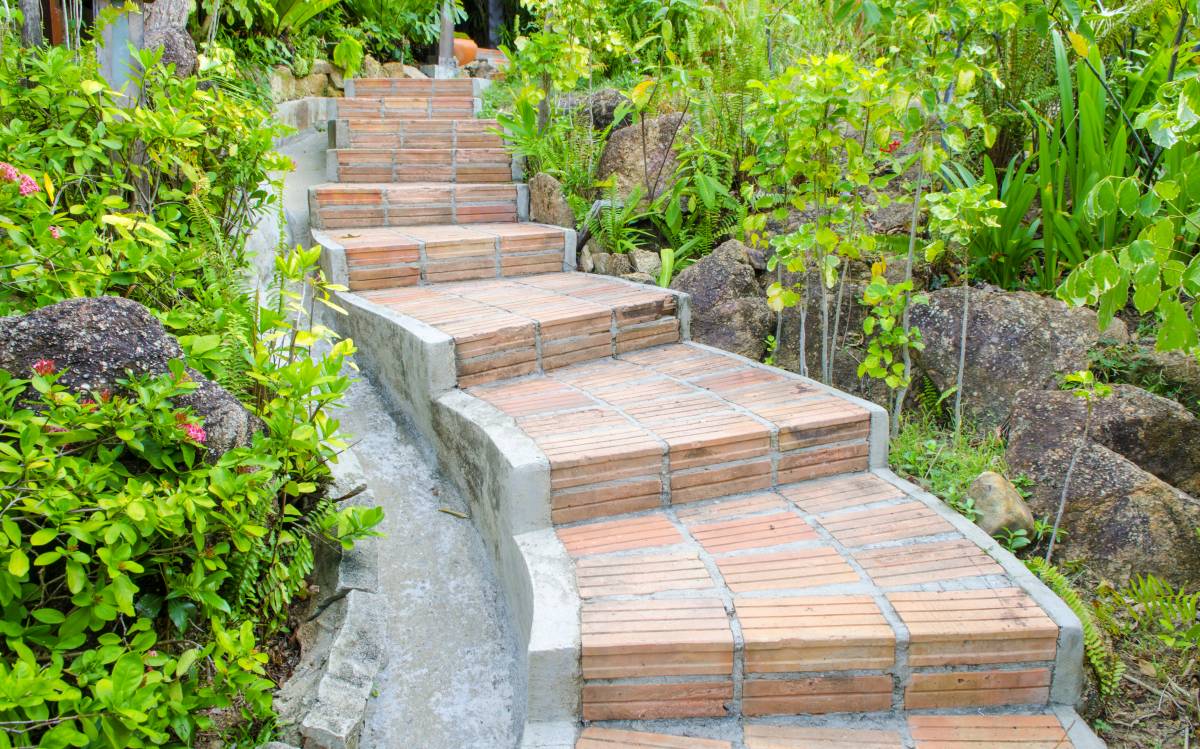
How to build garden steps
Read more
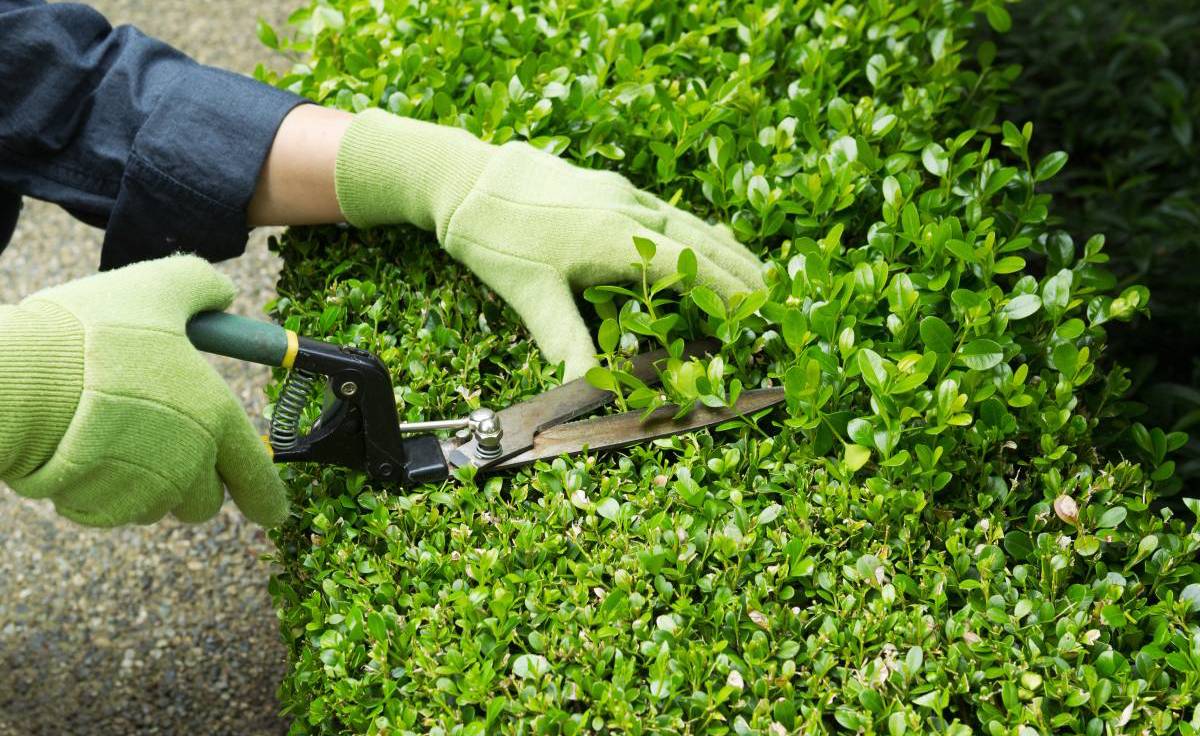
How to trim bushes the right way
Read more

13 best spring gardening tips
Read more
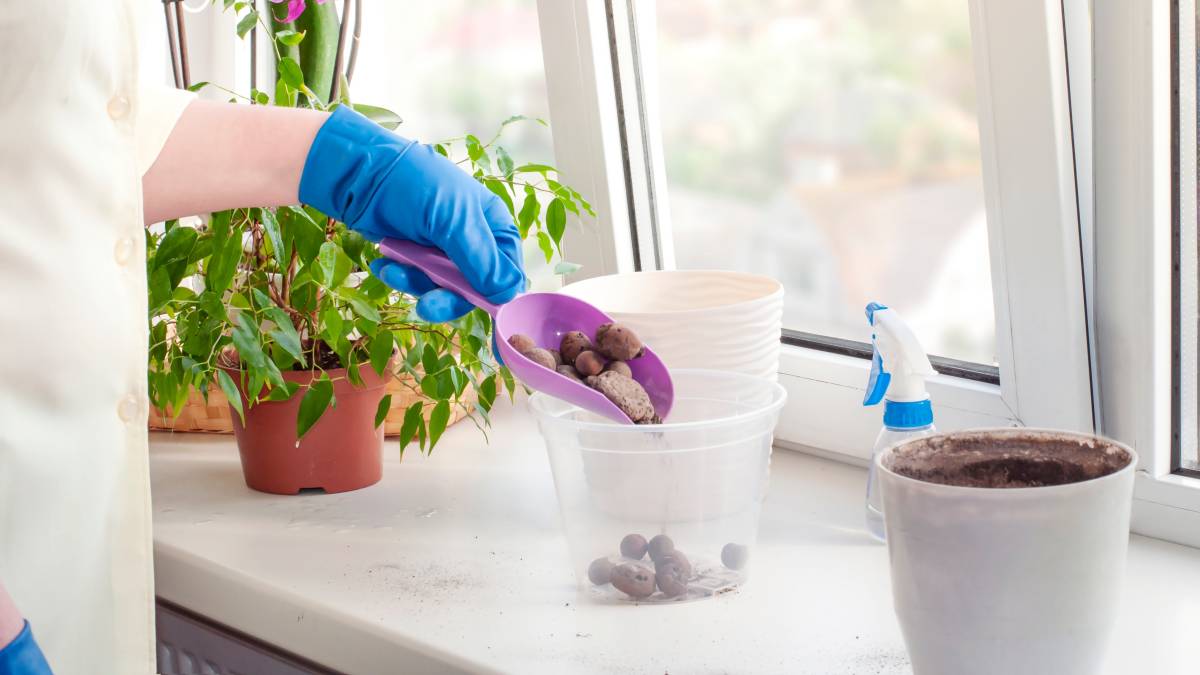
36 Quirky plant pot ideas you’ll love
Read more
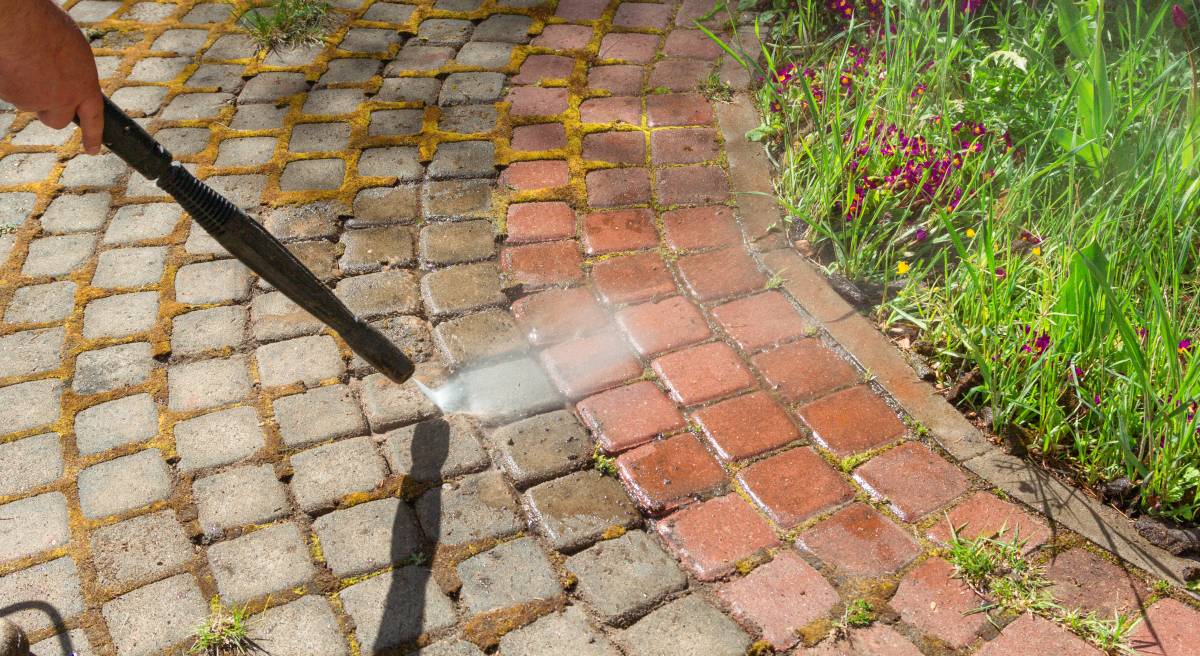
How to clean garden rocks
Read more
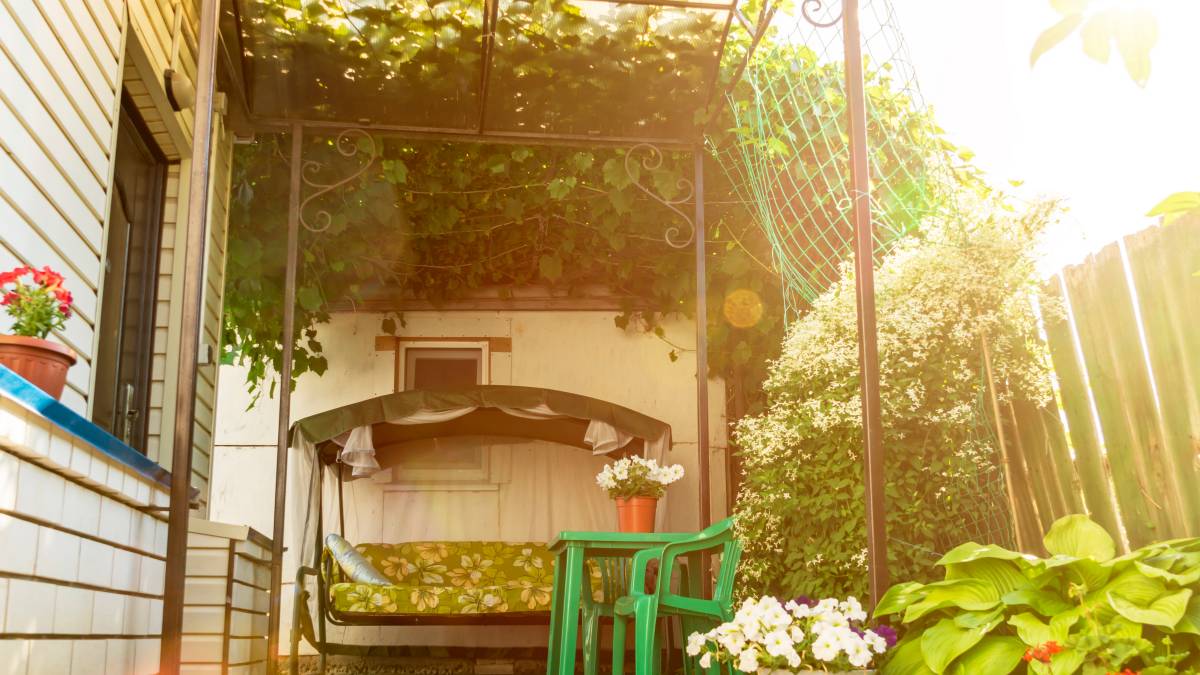
18 Garden canopy ideas you’ll love
Read more

Gardening tips for beginners
Read more

25 ways to make money gardening
Read more
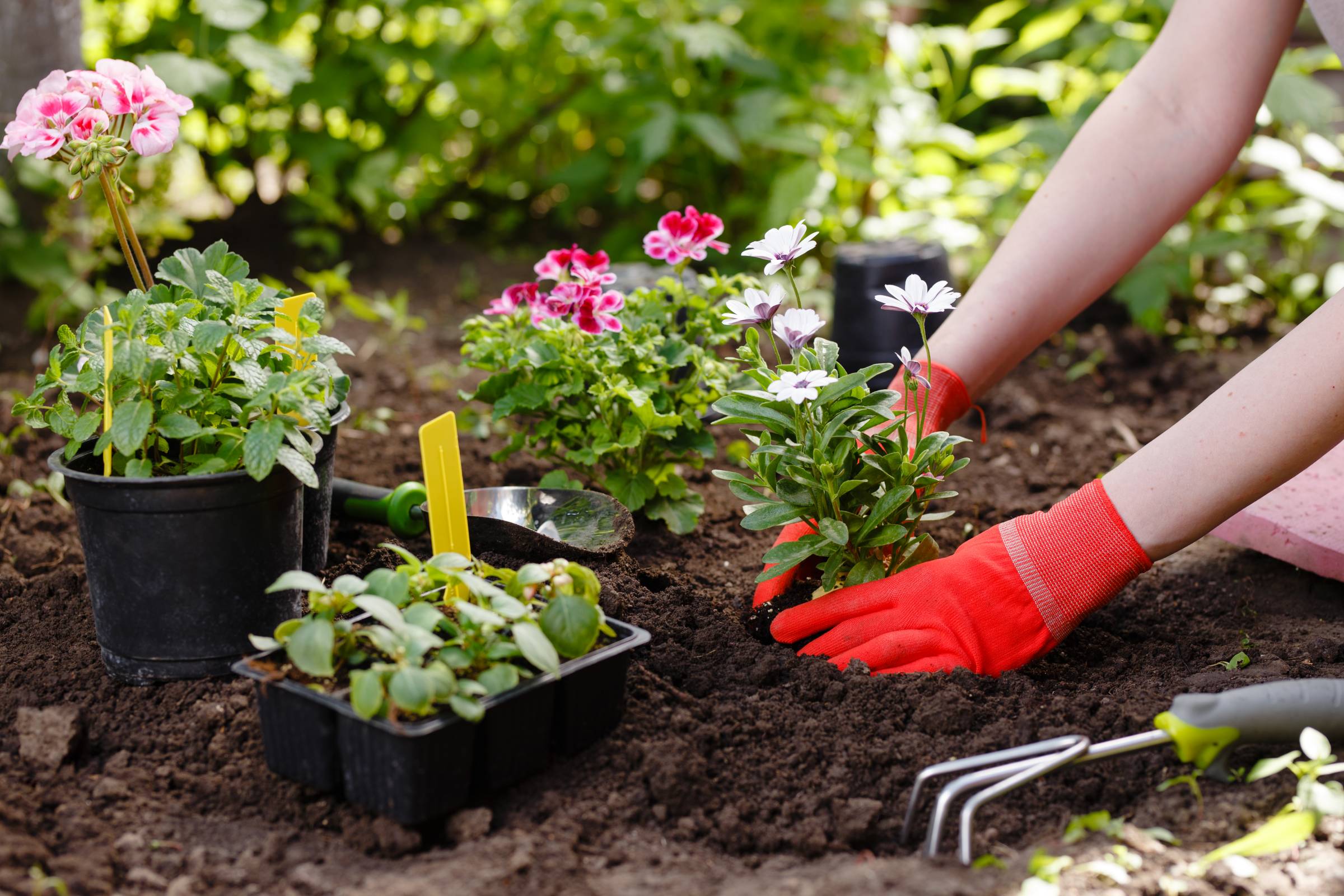
Your garden maintenance checklist
Read more
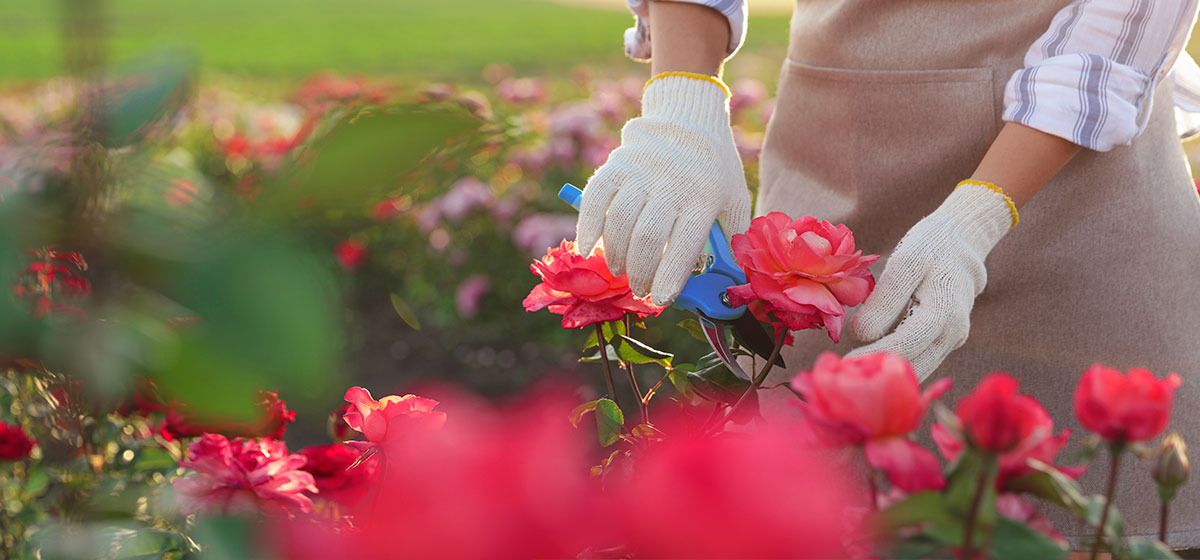
How to prune roses the right way
Read more
Related price guides
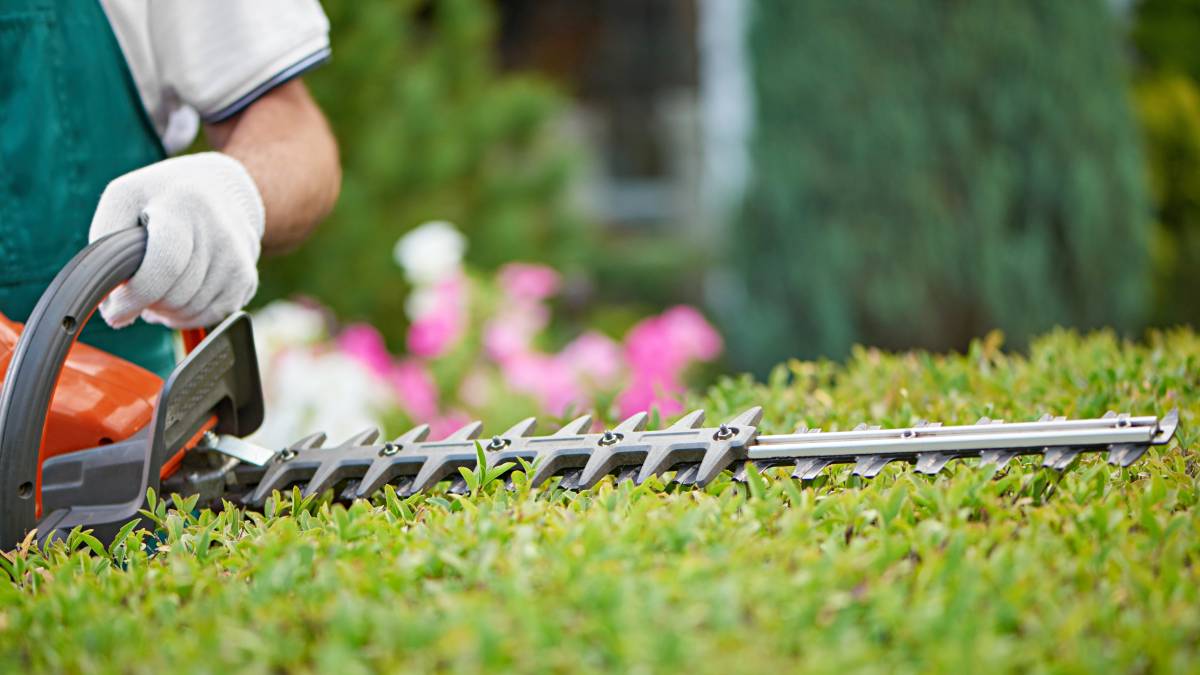
How much does hedge removal cost?
Read more

How much does a garden room cost?
Read more
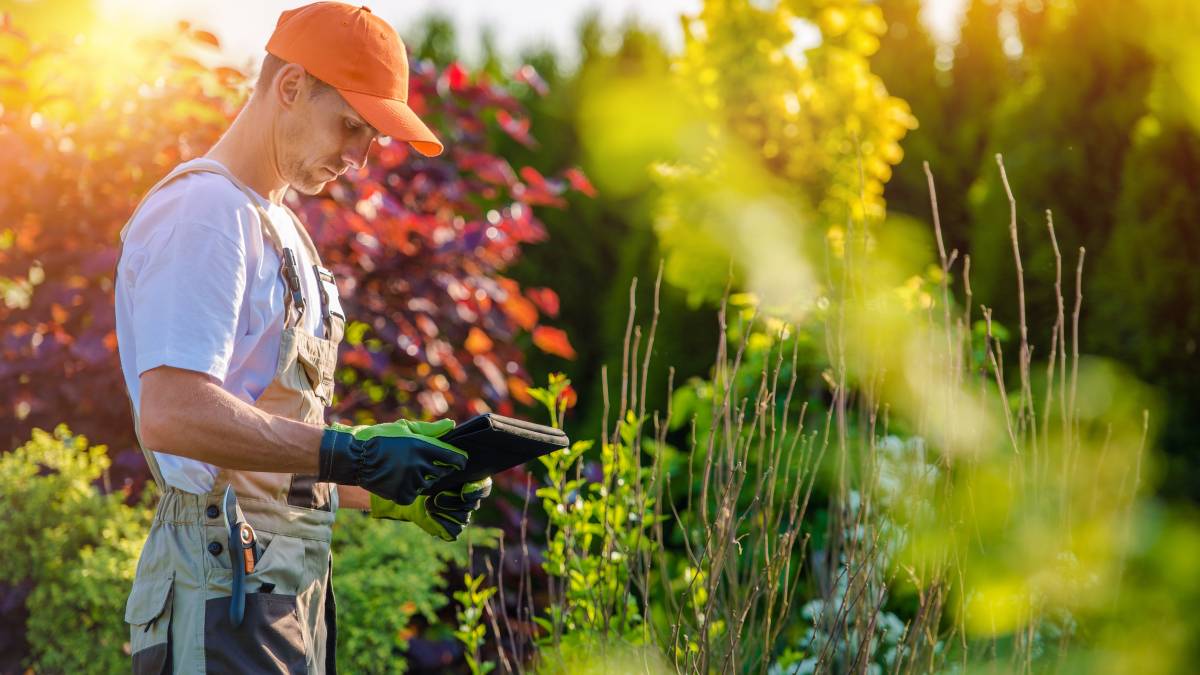
How much does garden clearance cost?
Read more
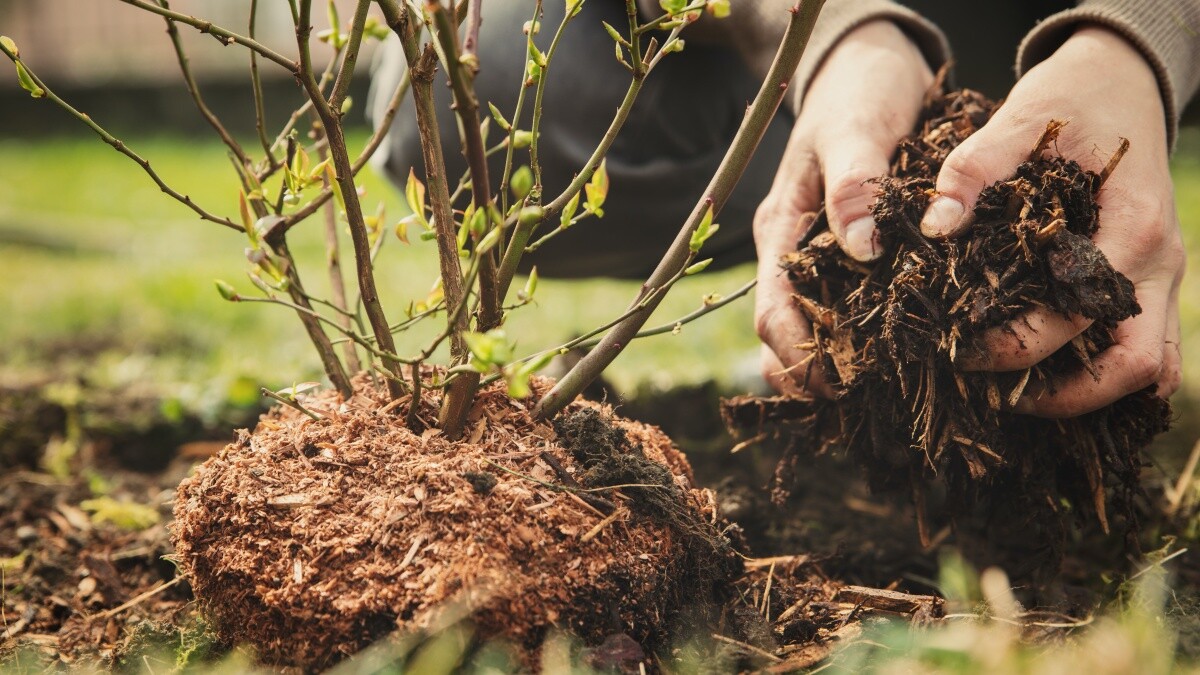
How much does mulch cost?
Read more
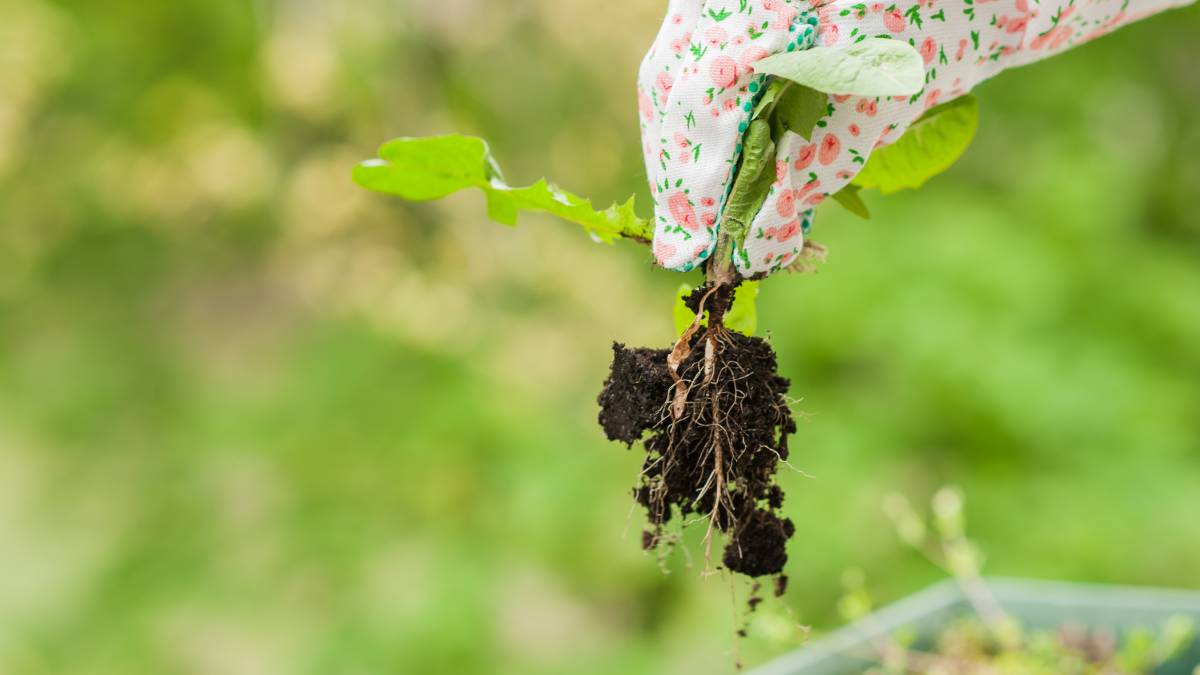
How much does weeding cost?
Read more
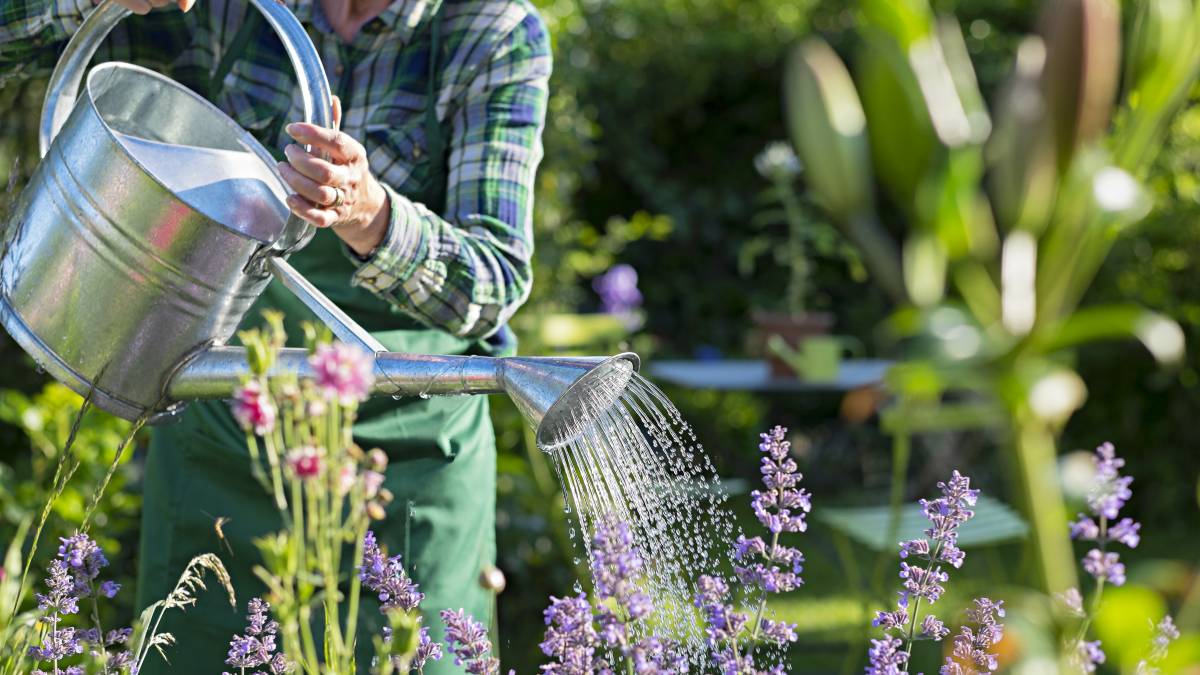
How much does a gardener cost?
Read more

